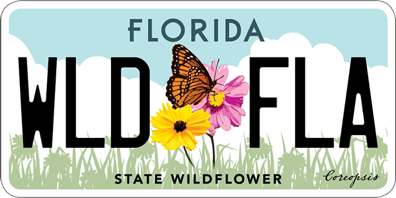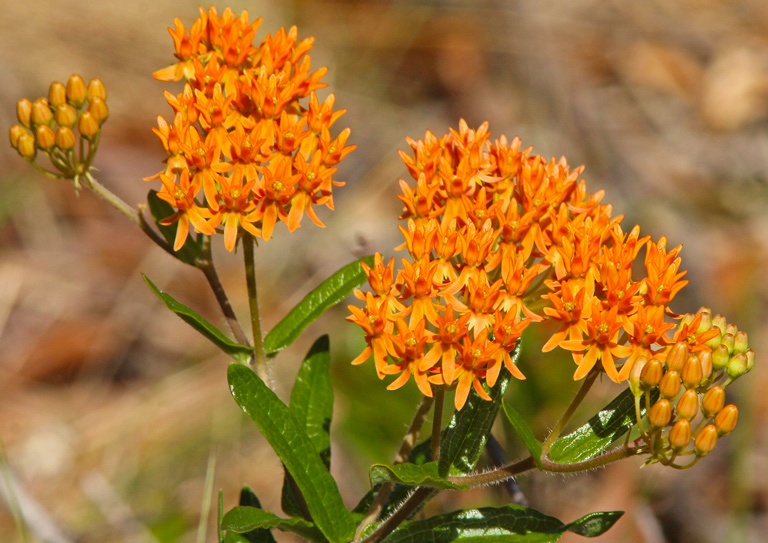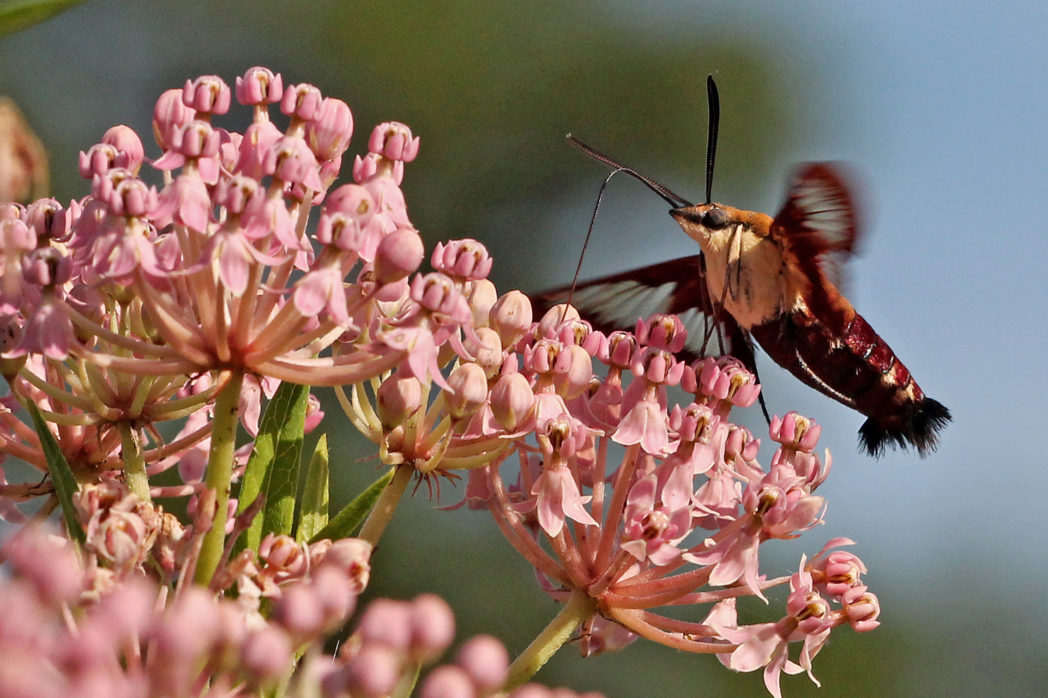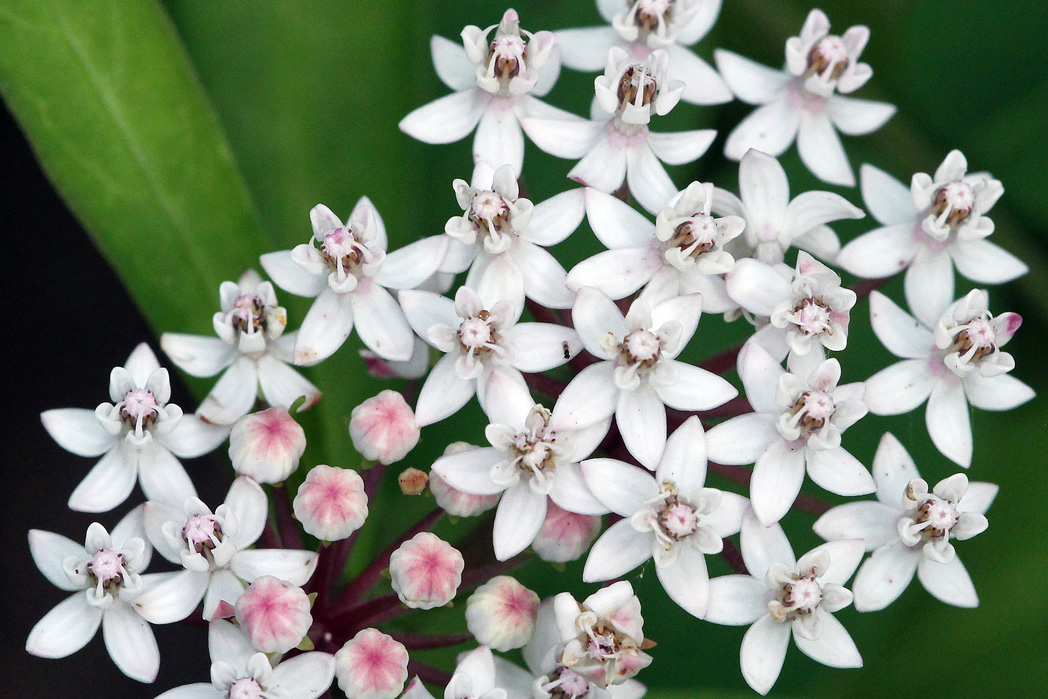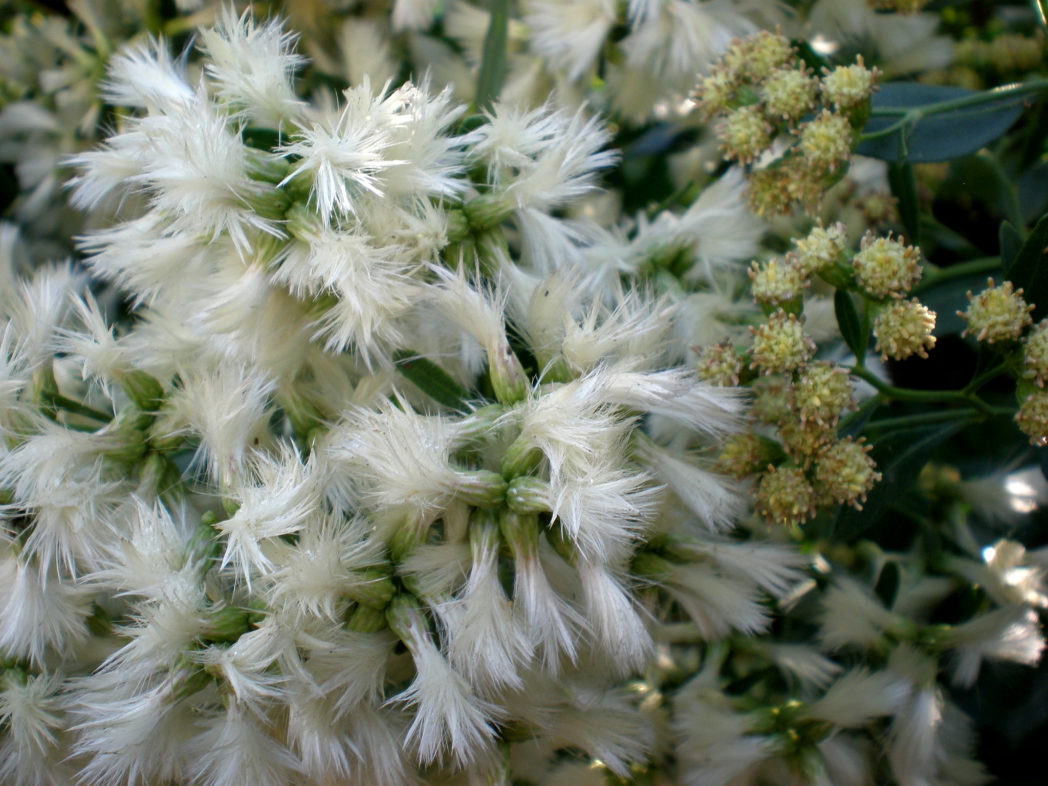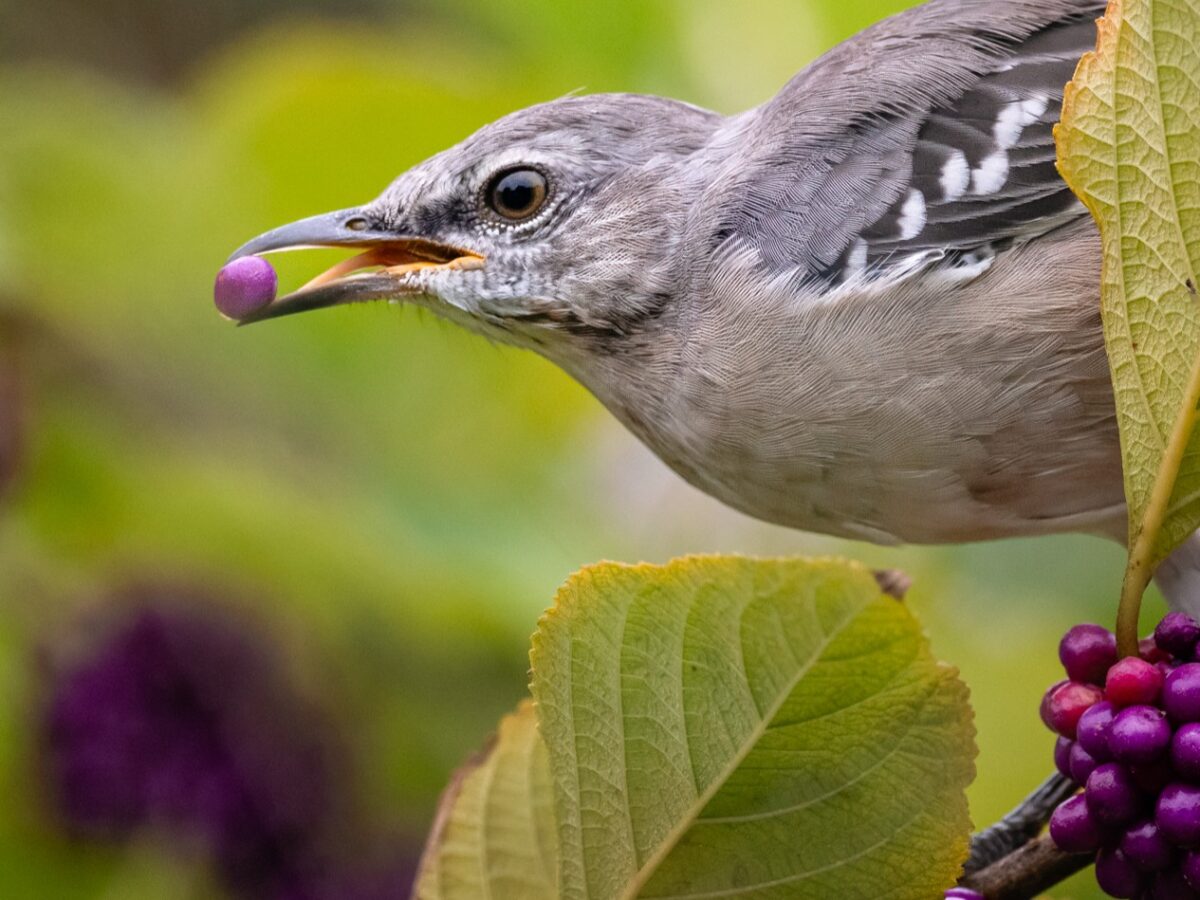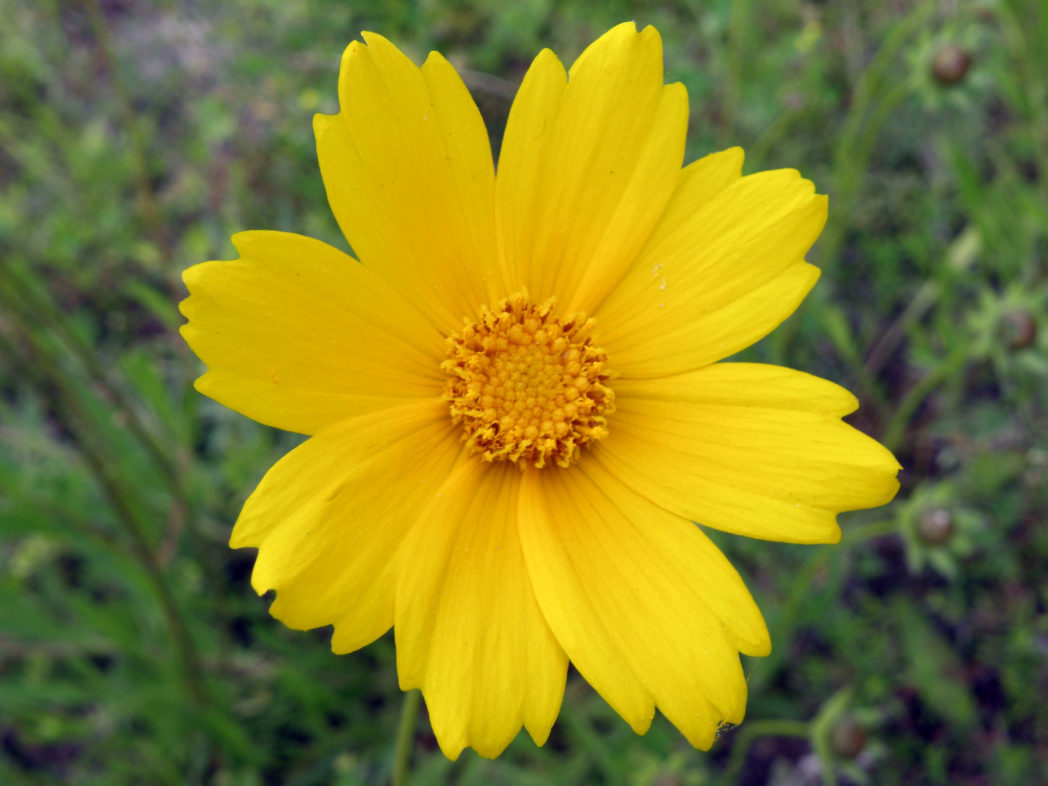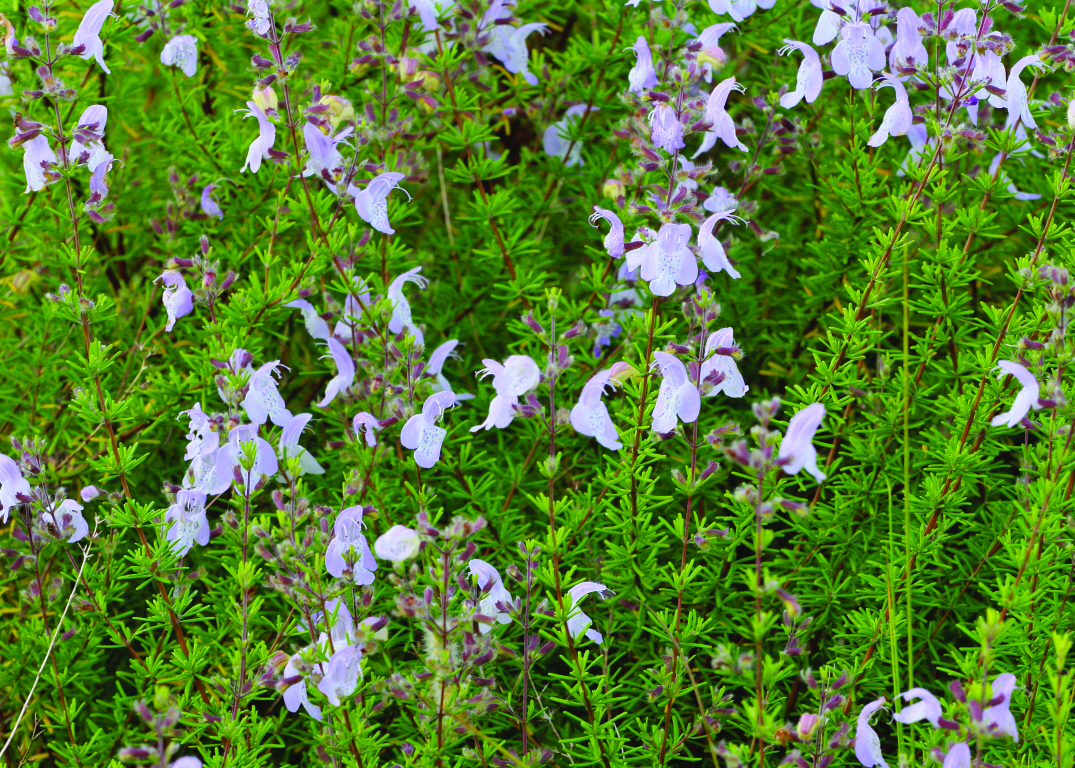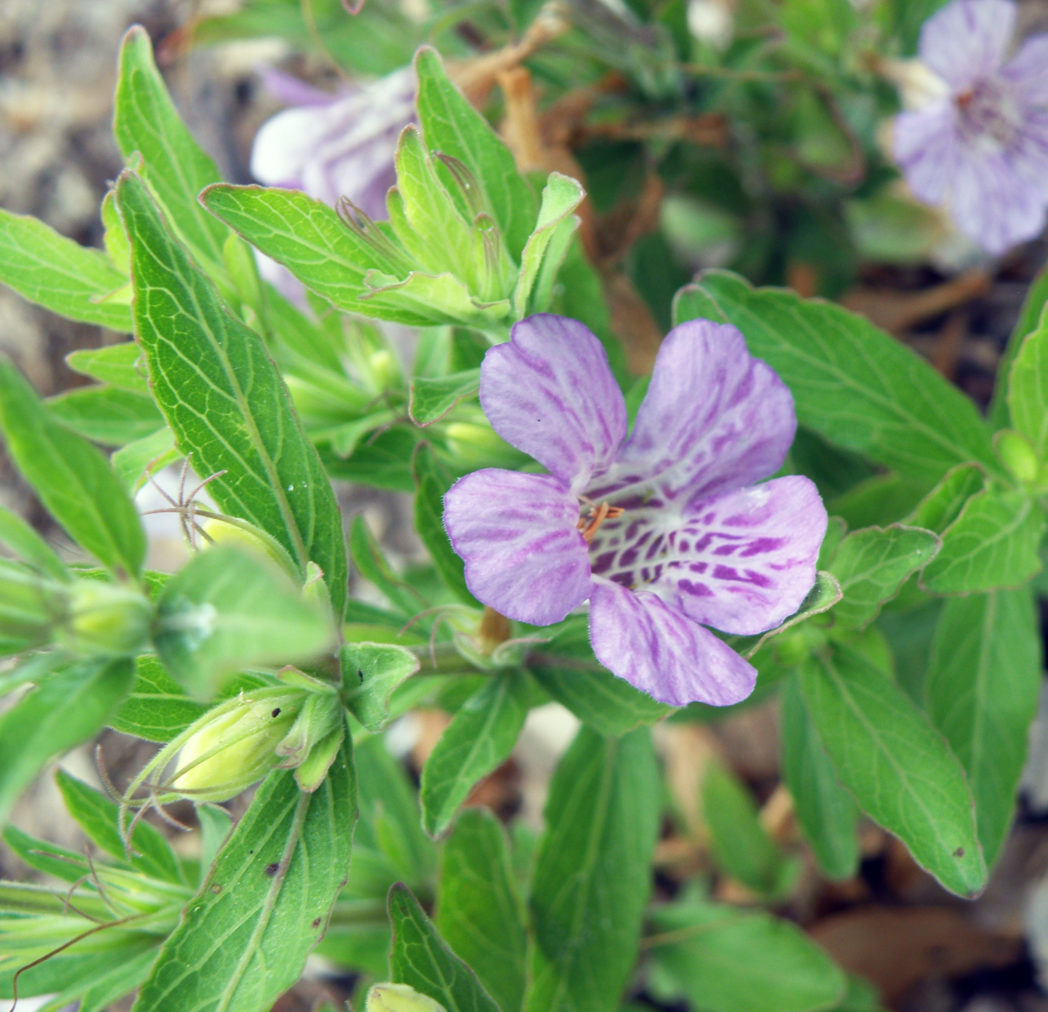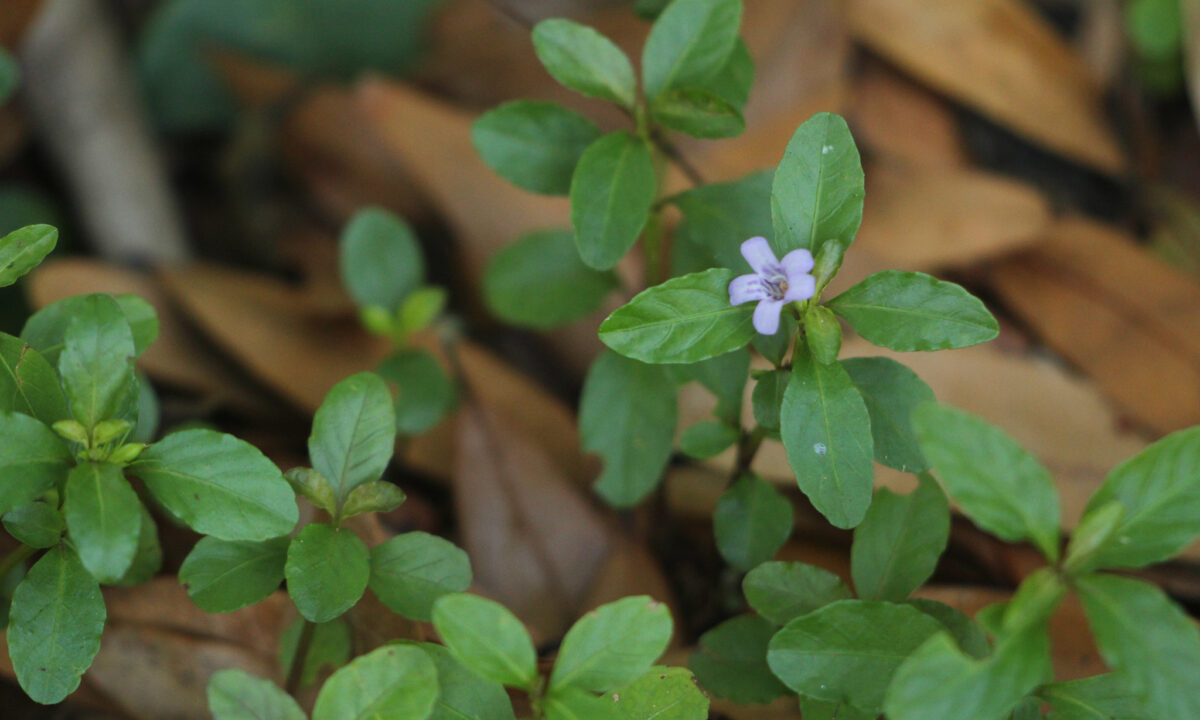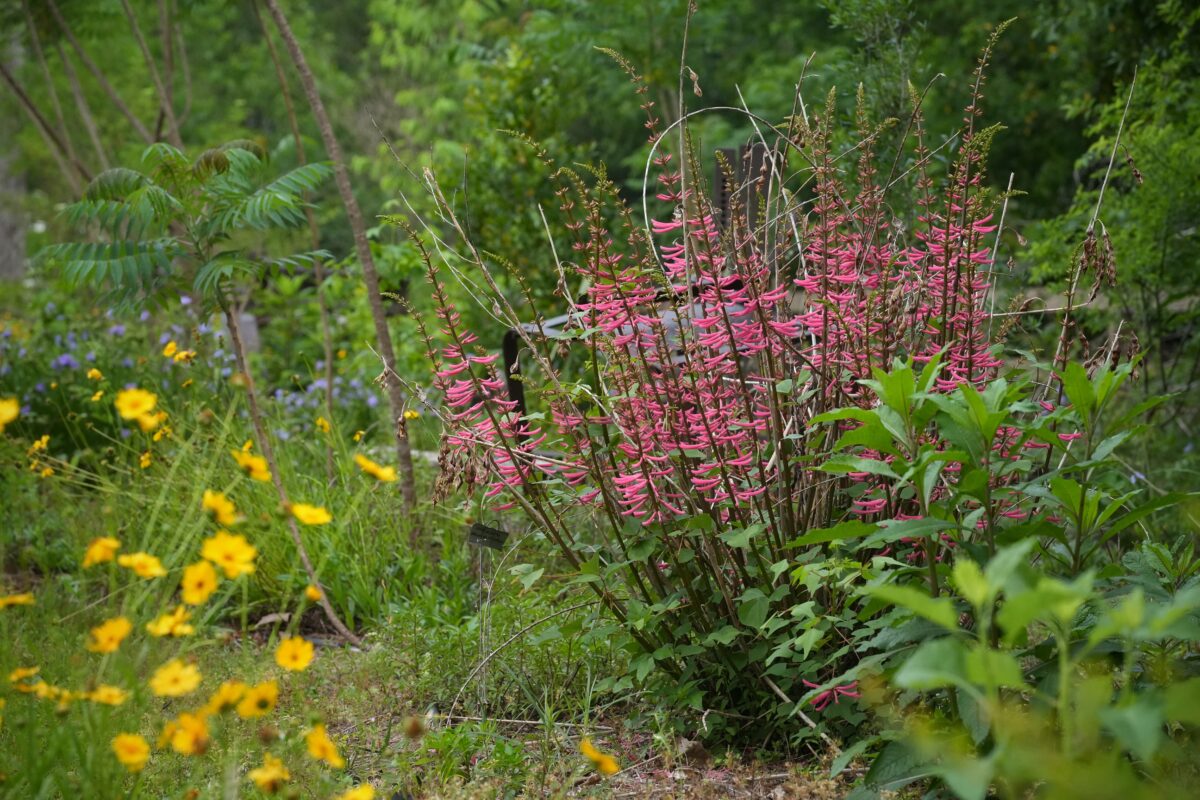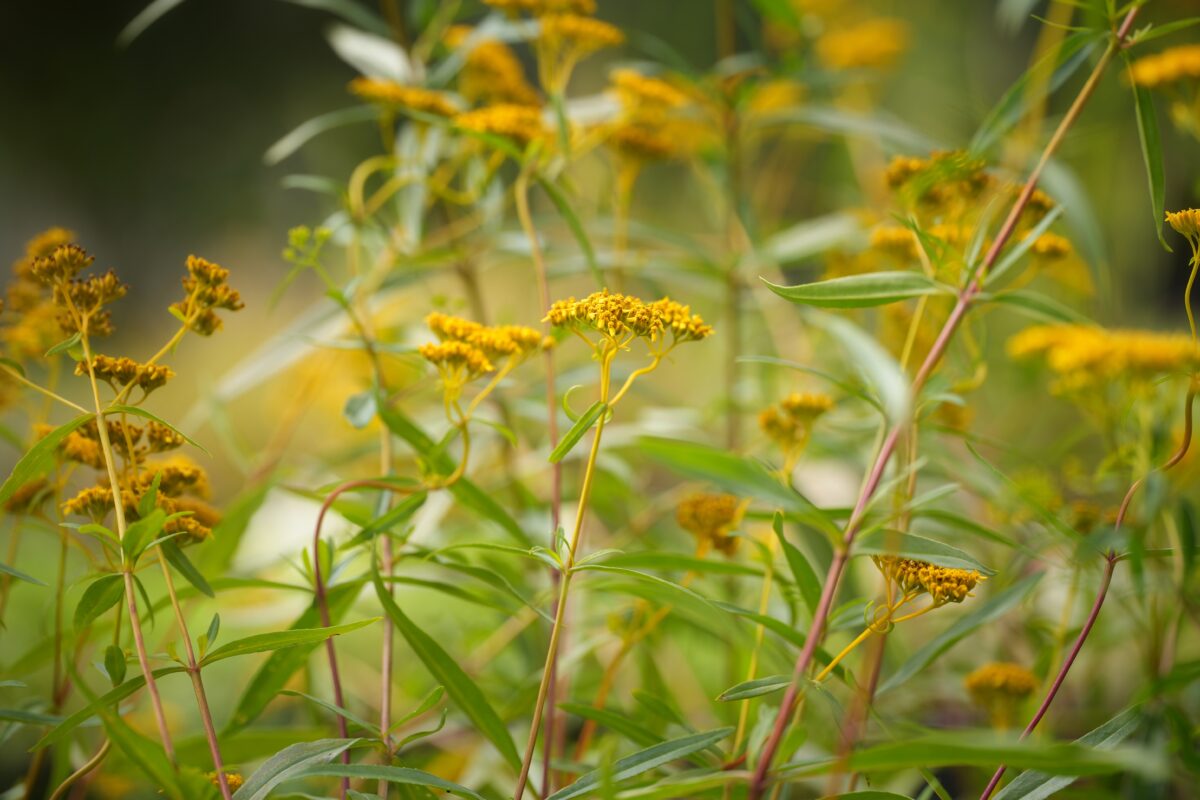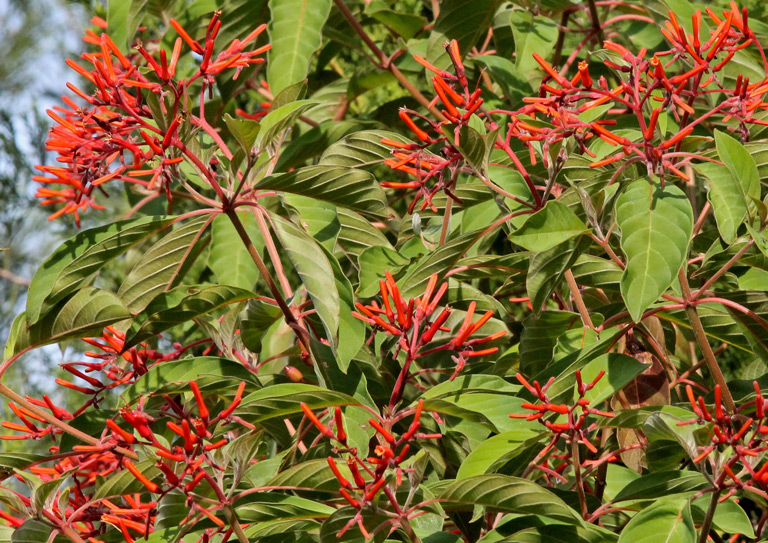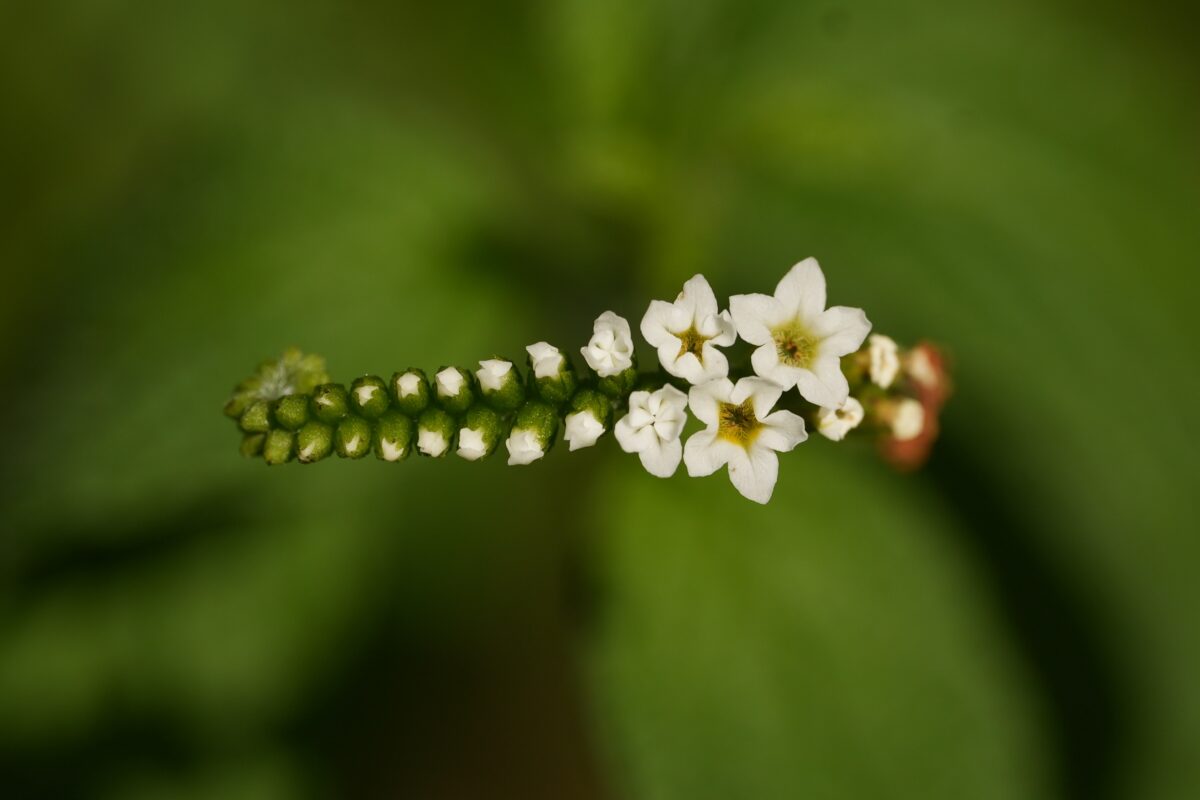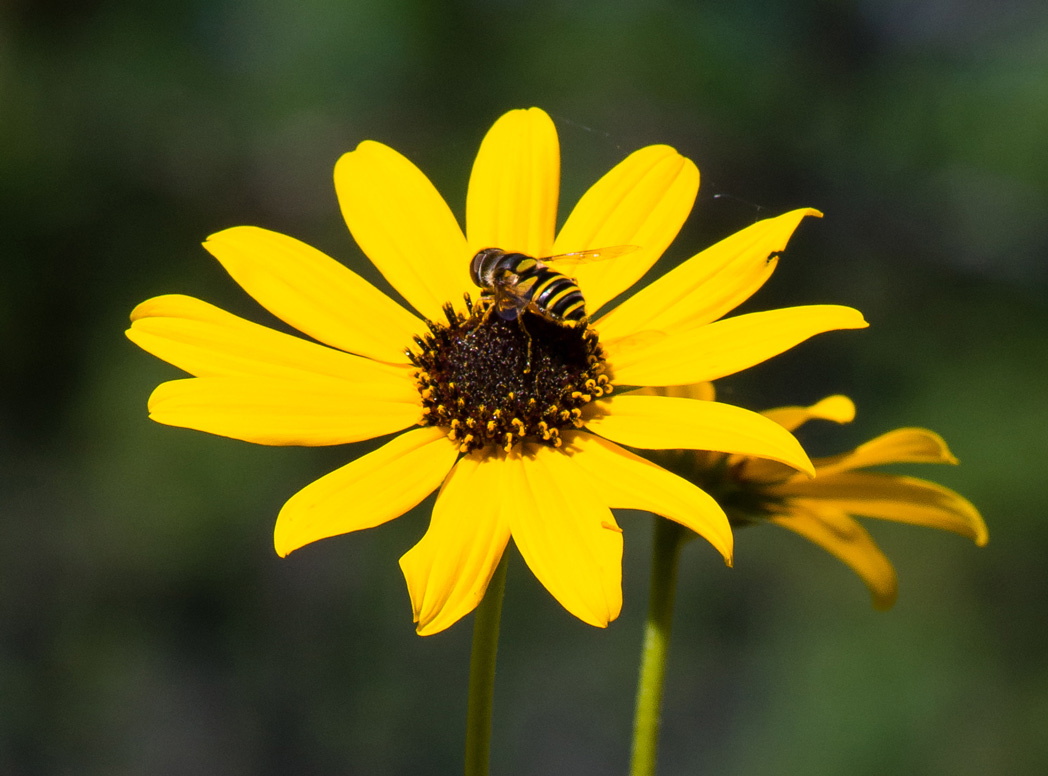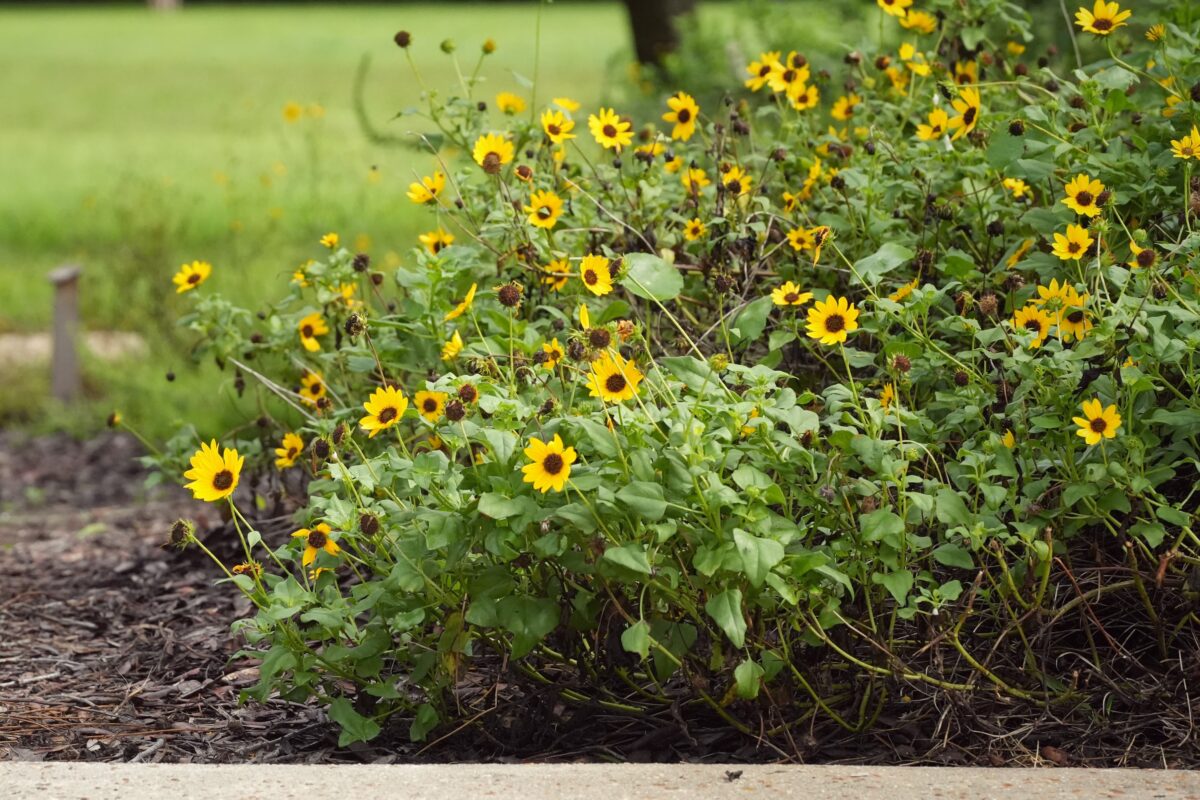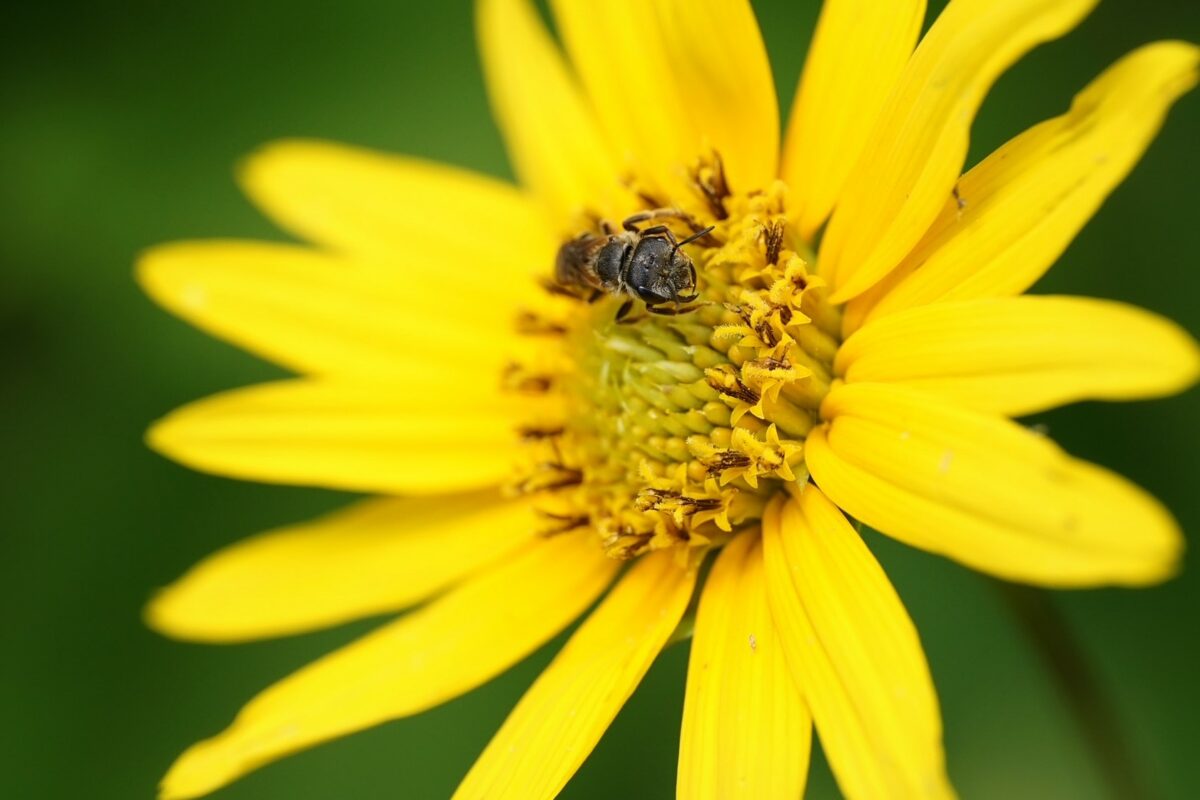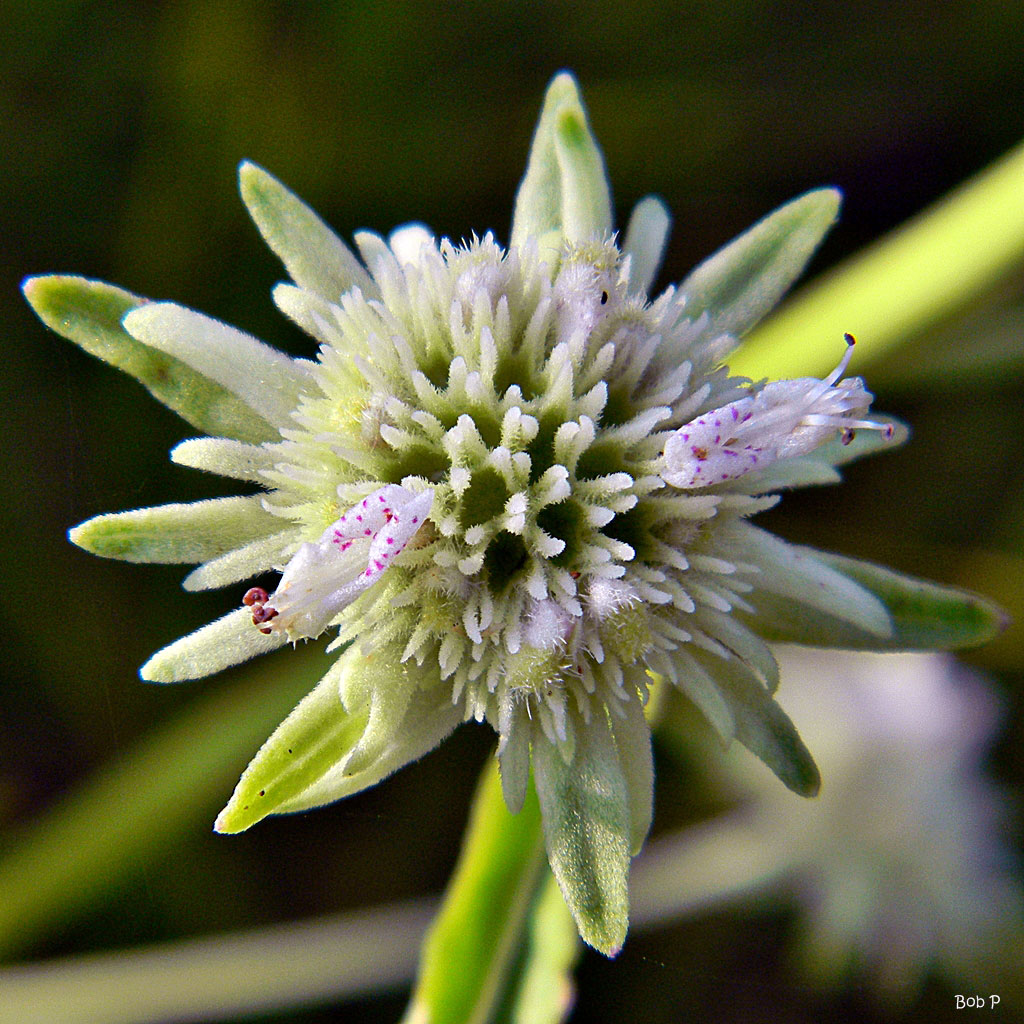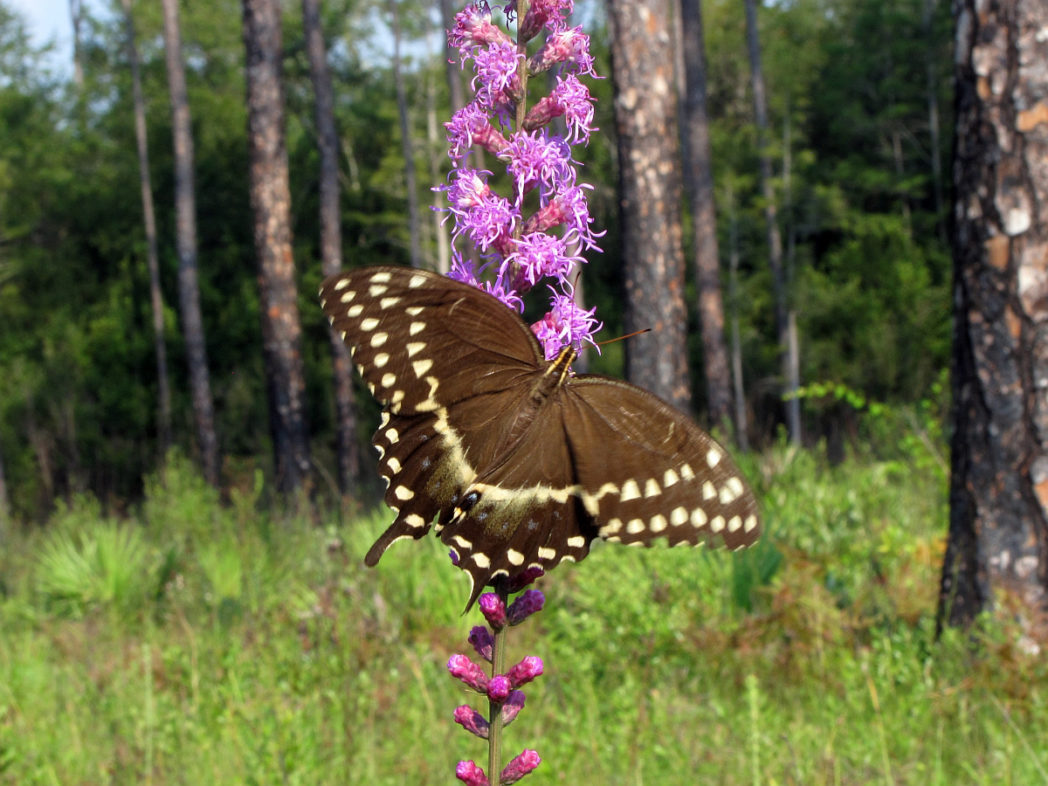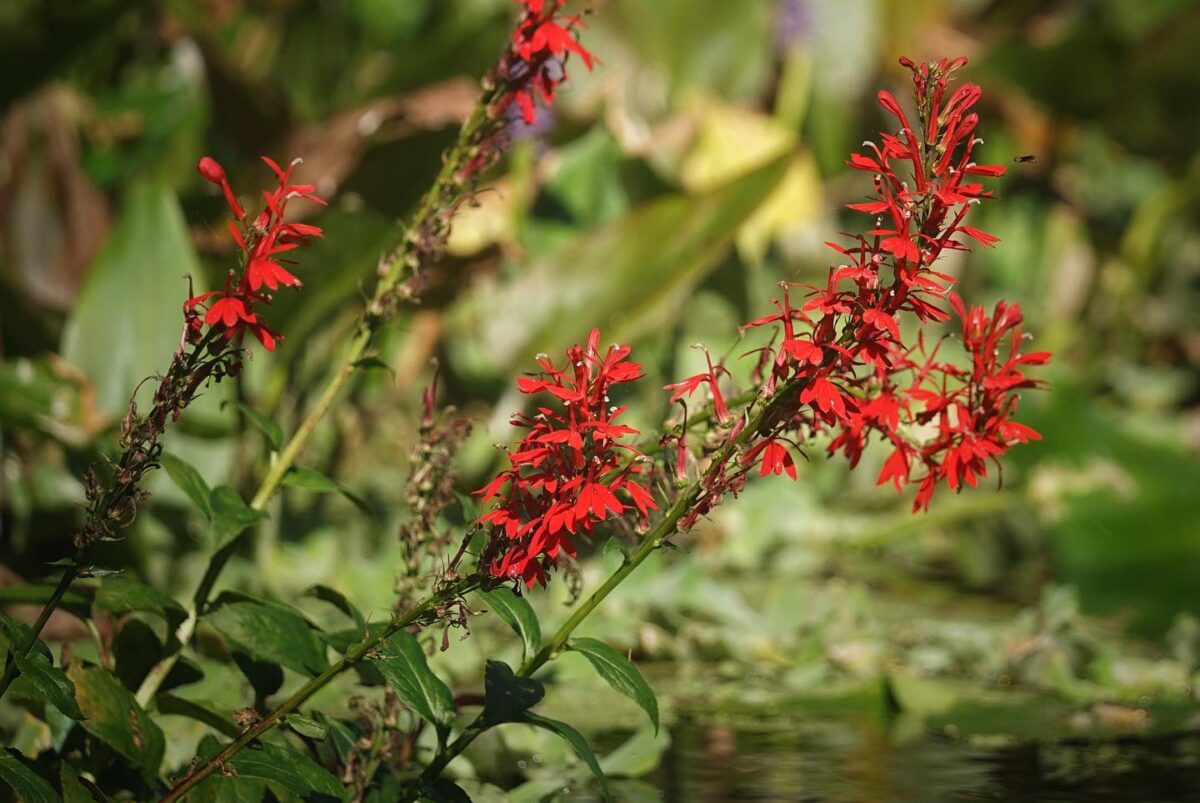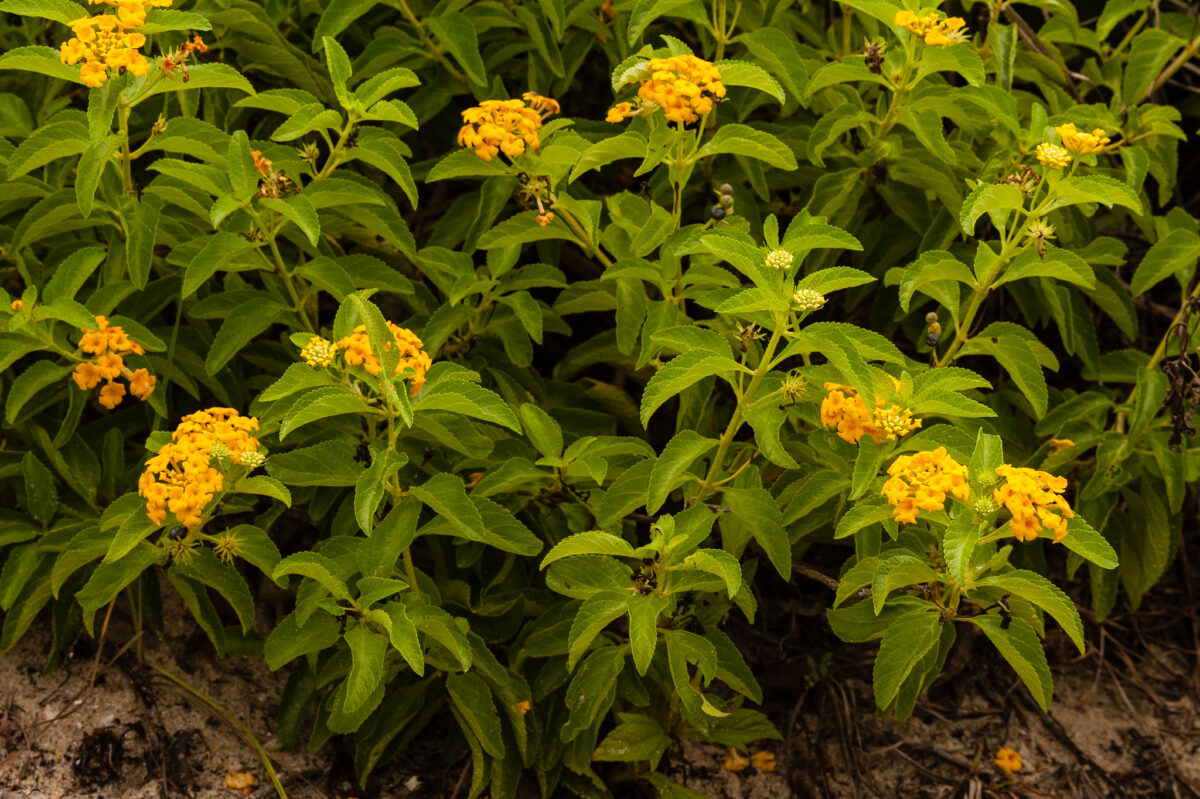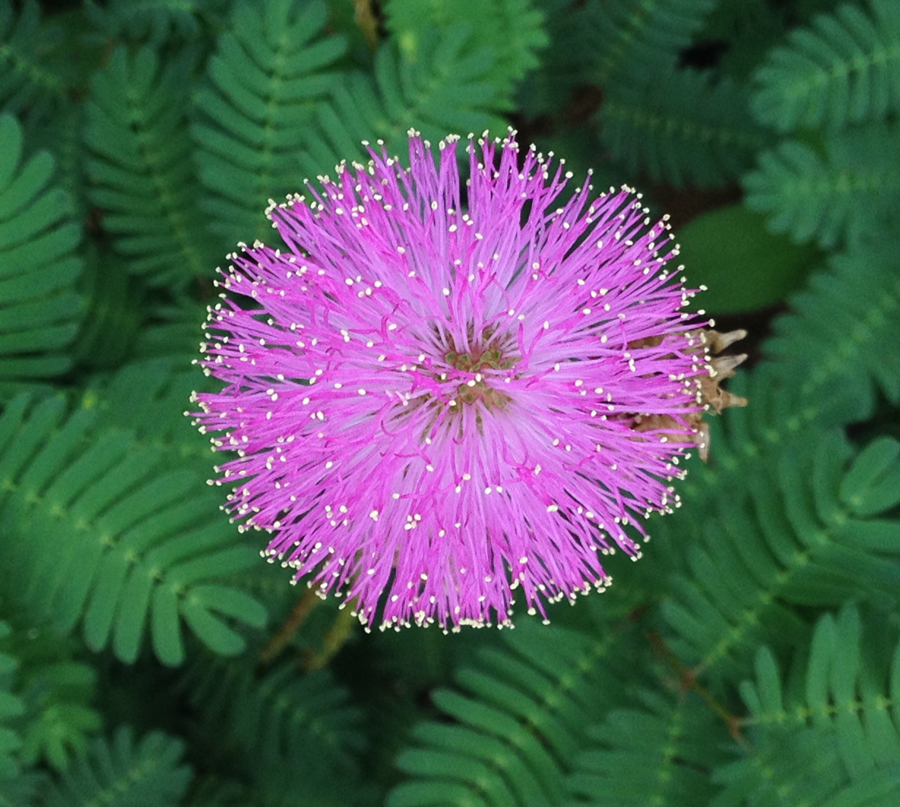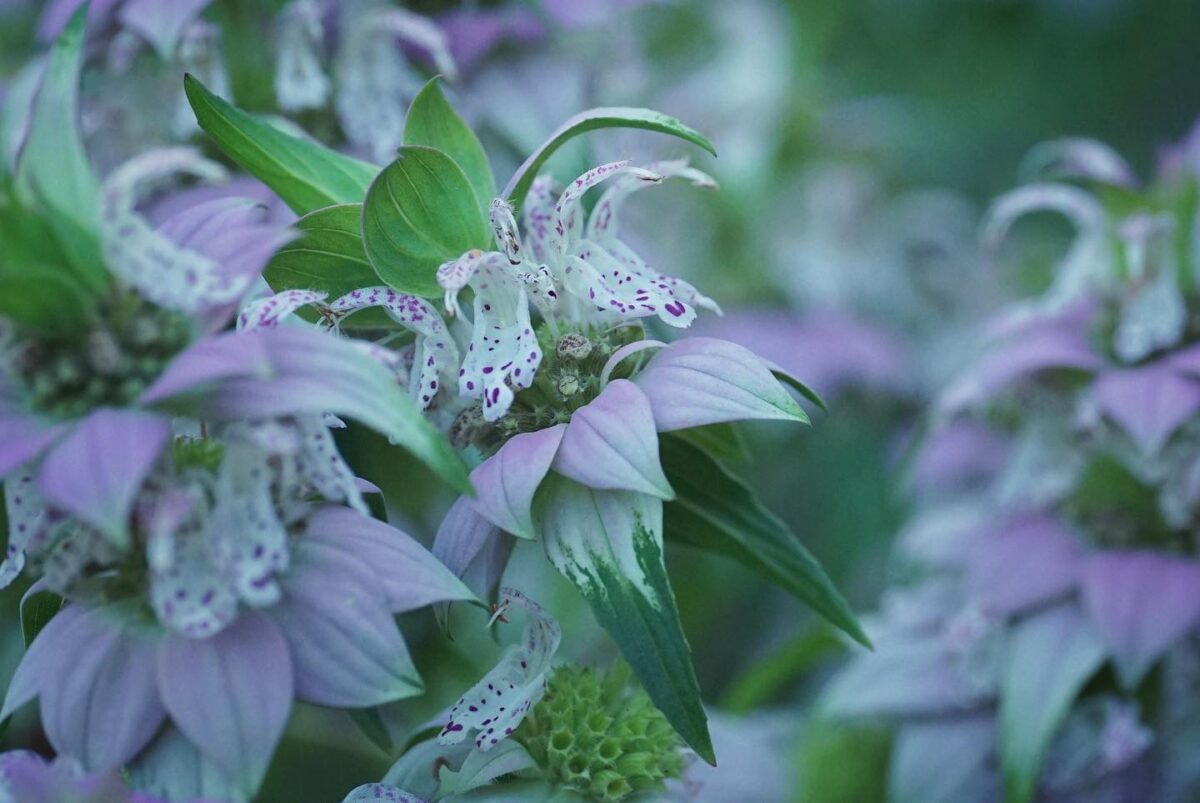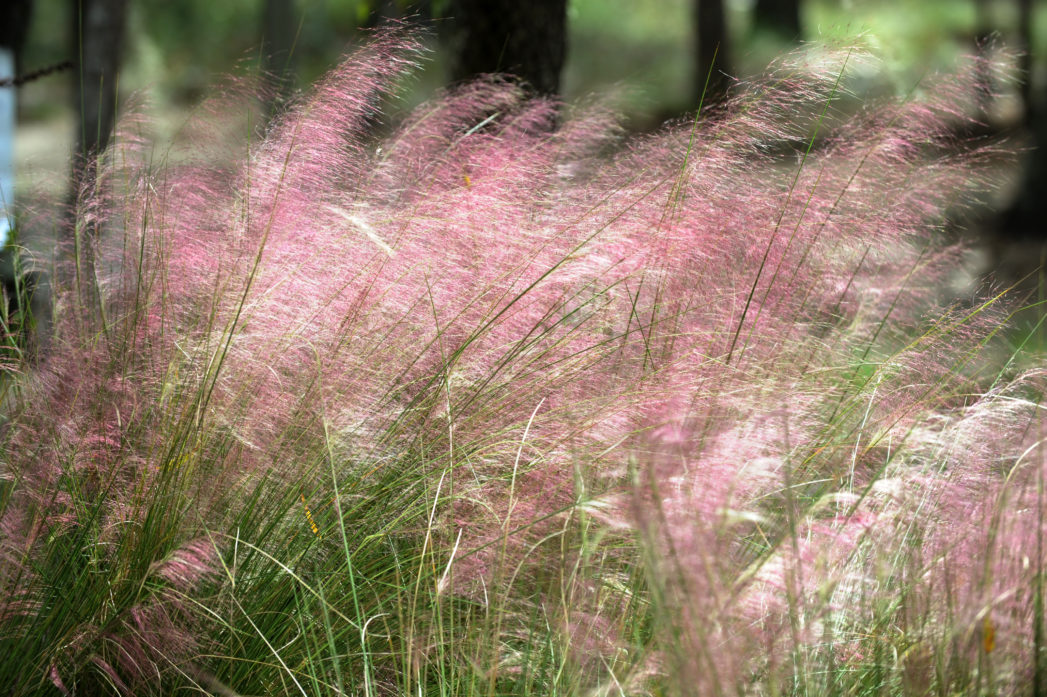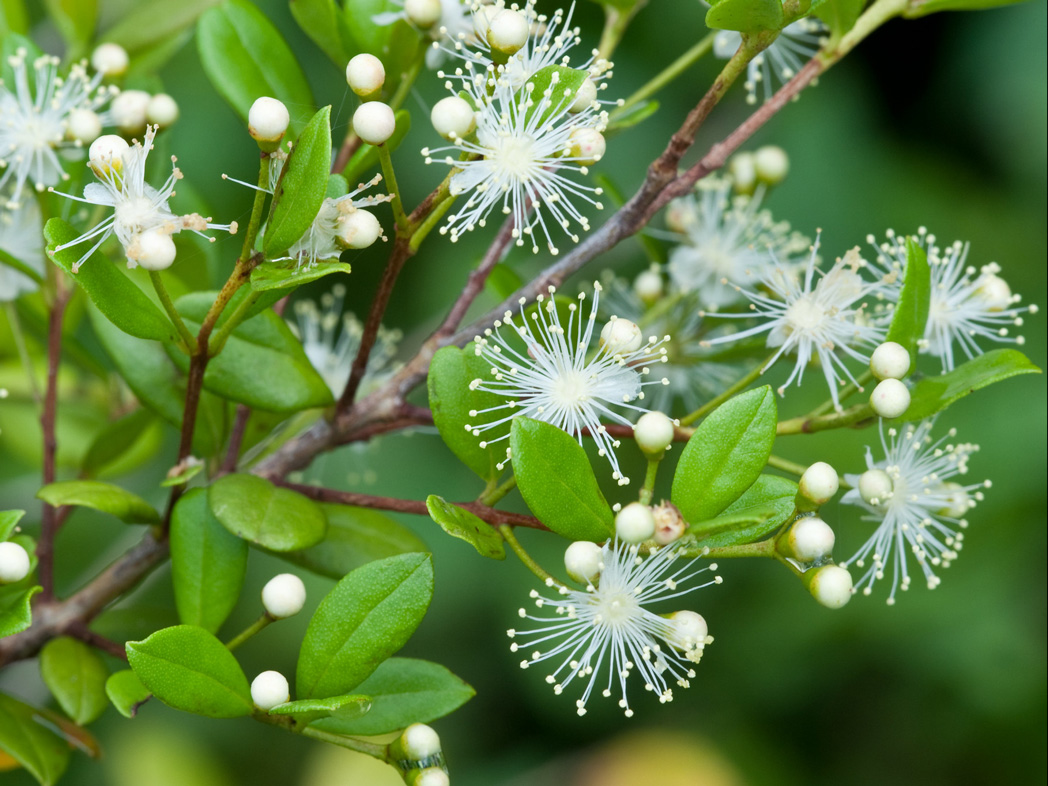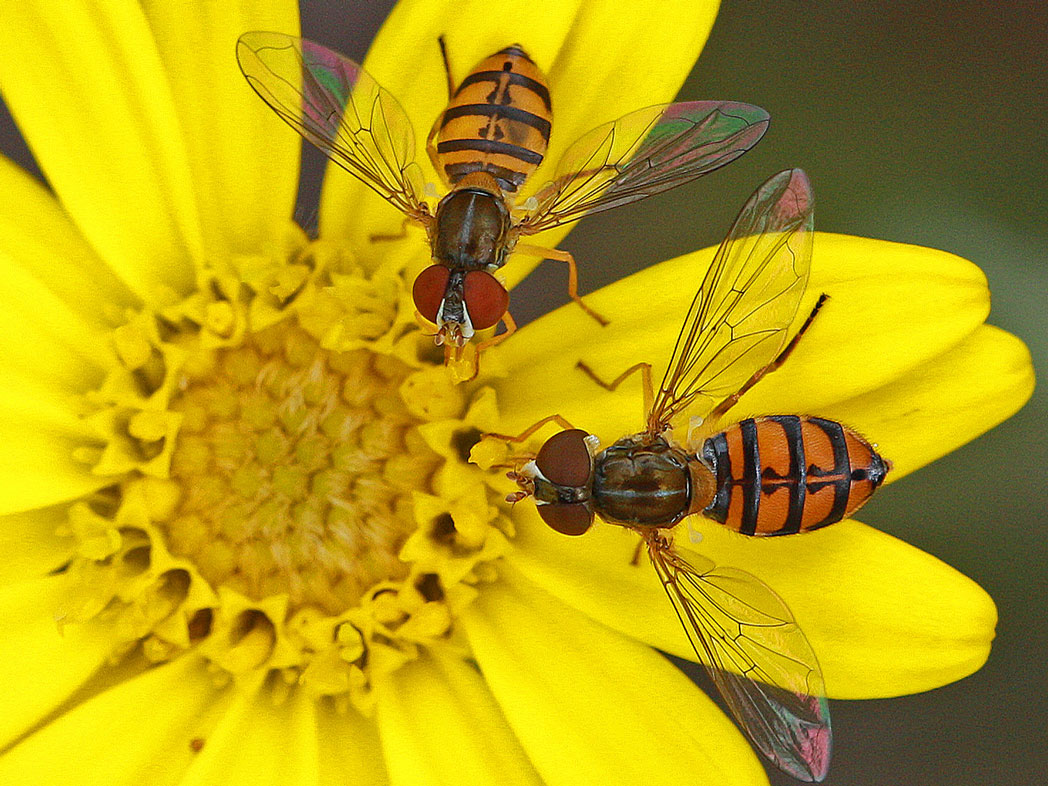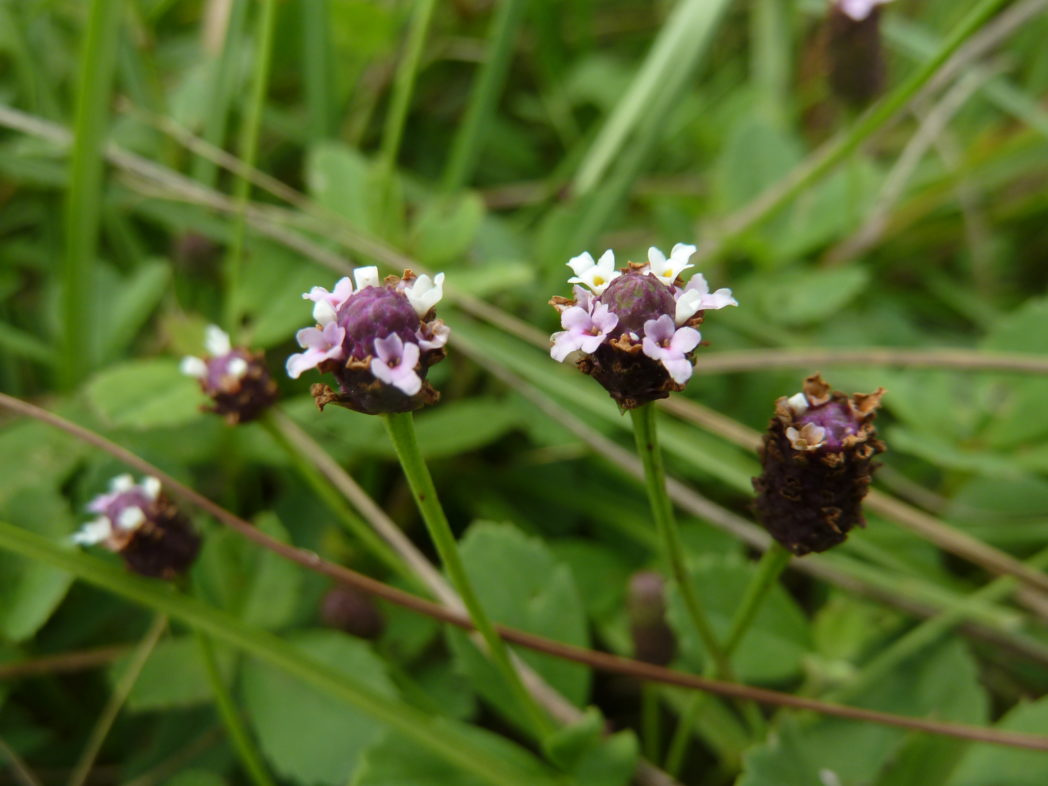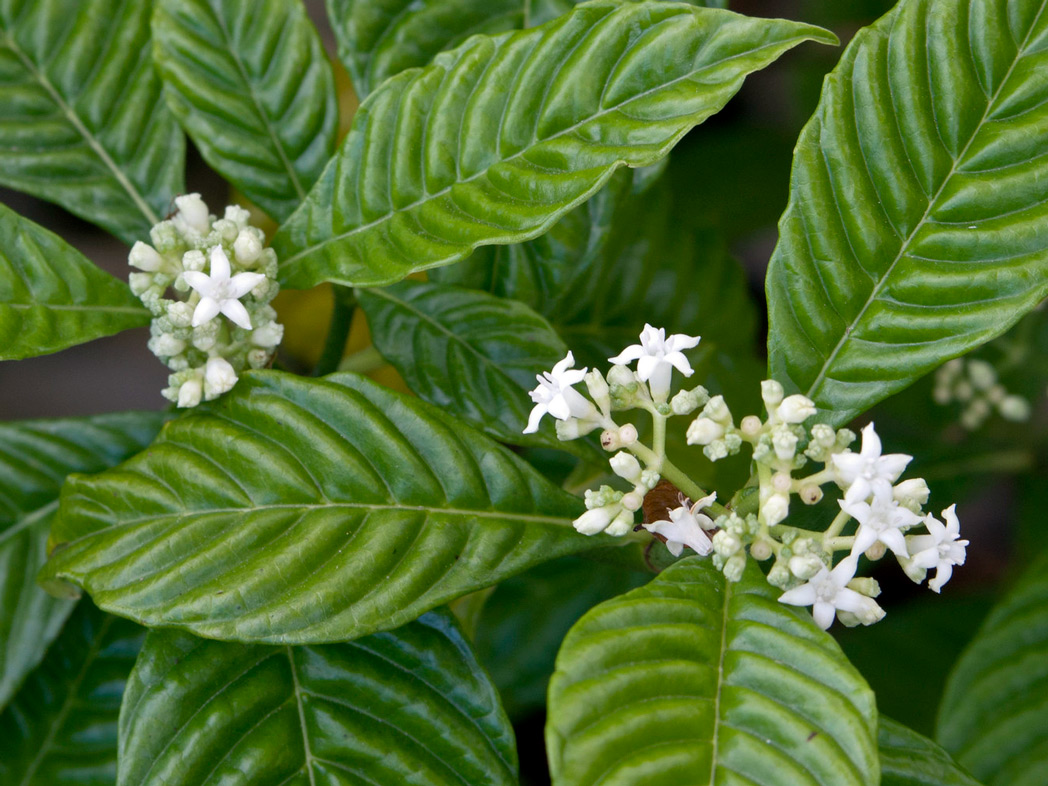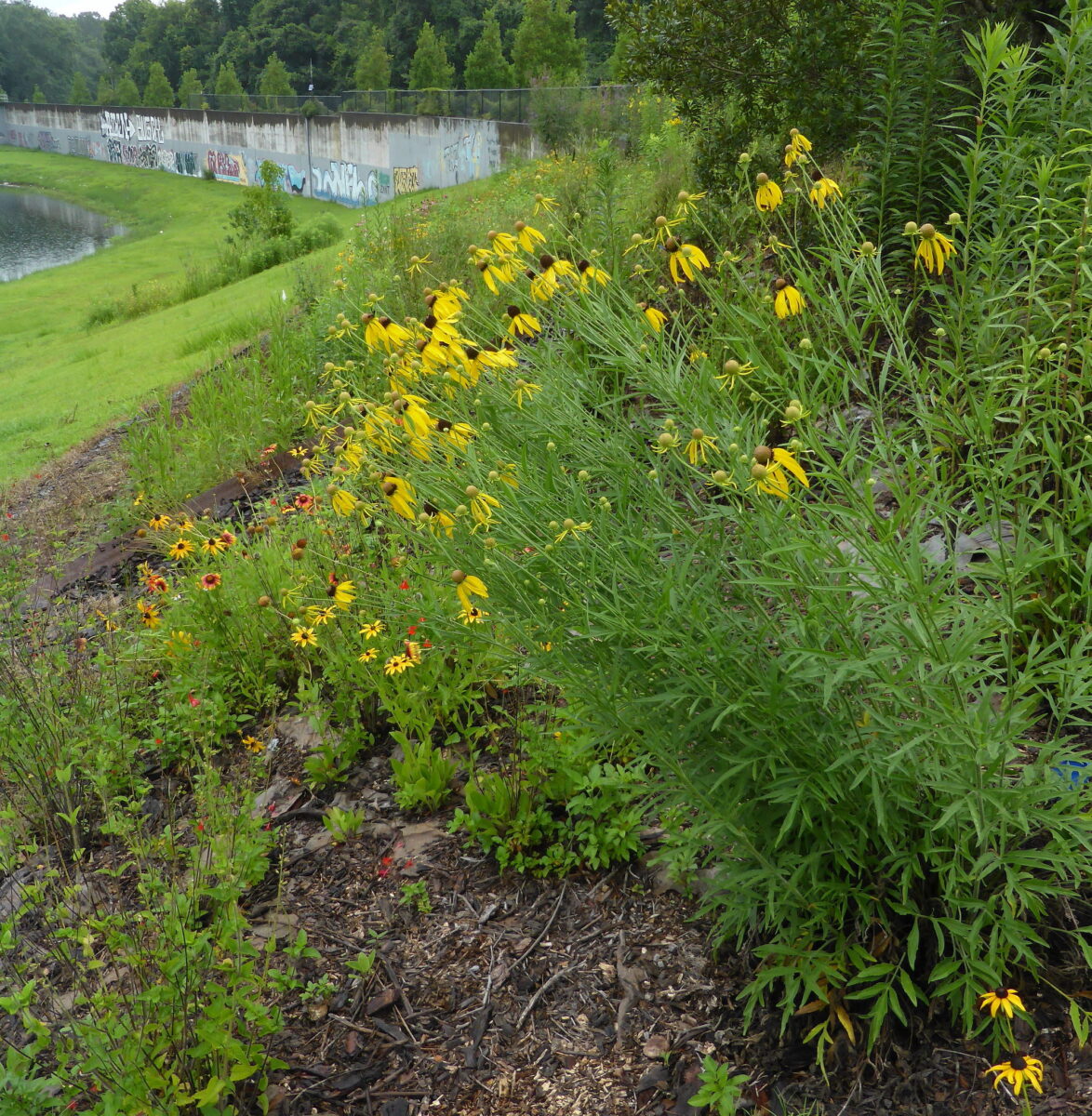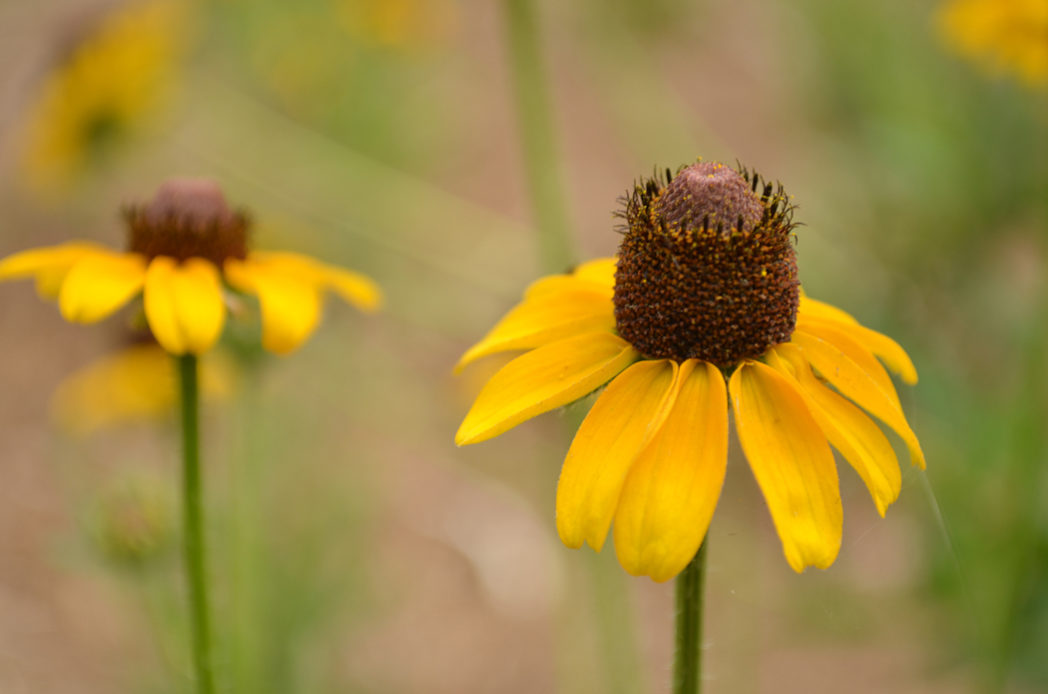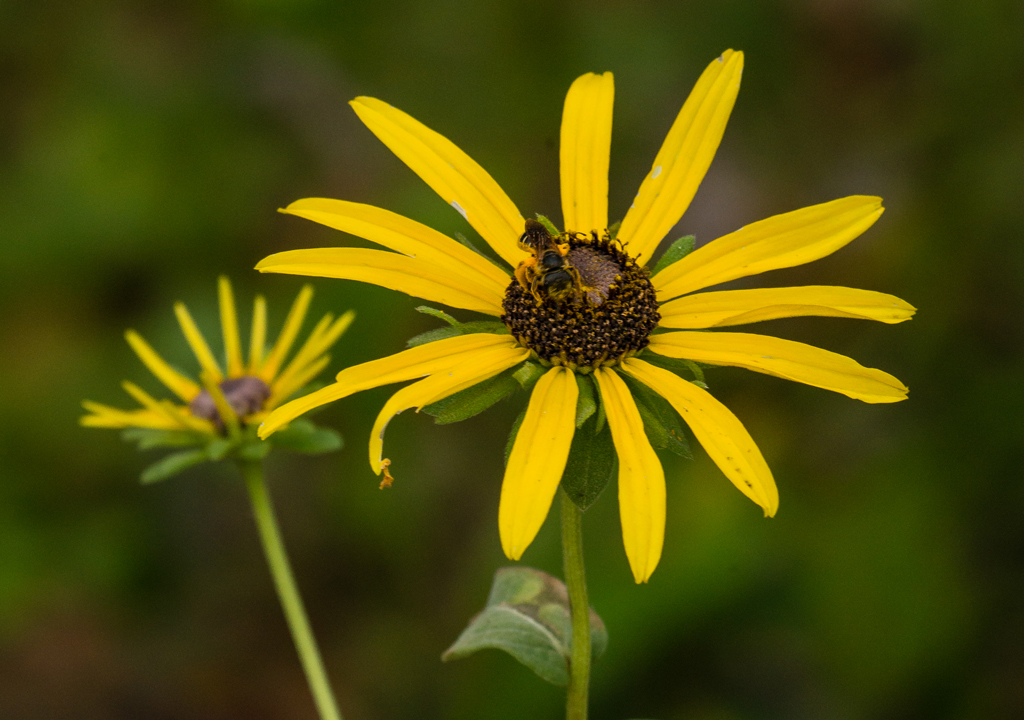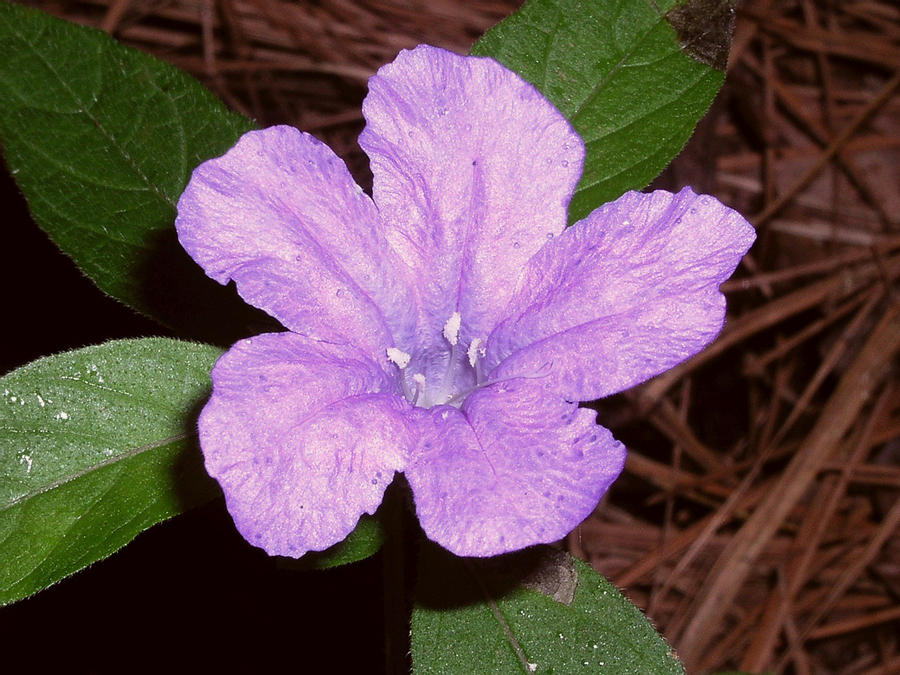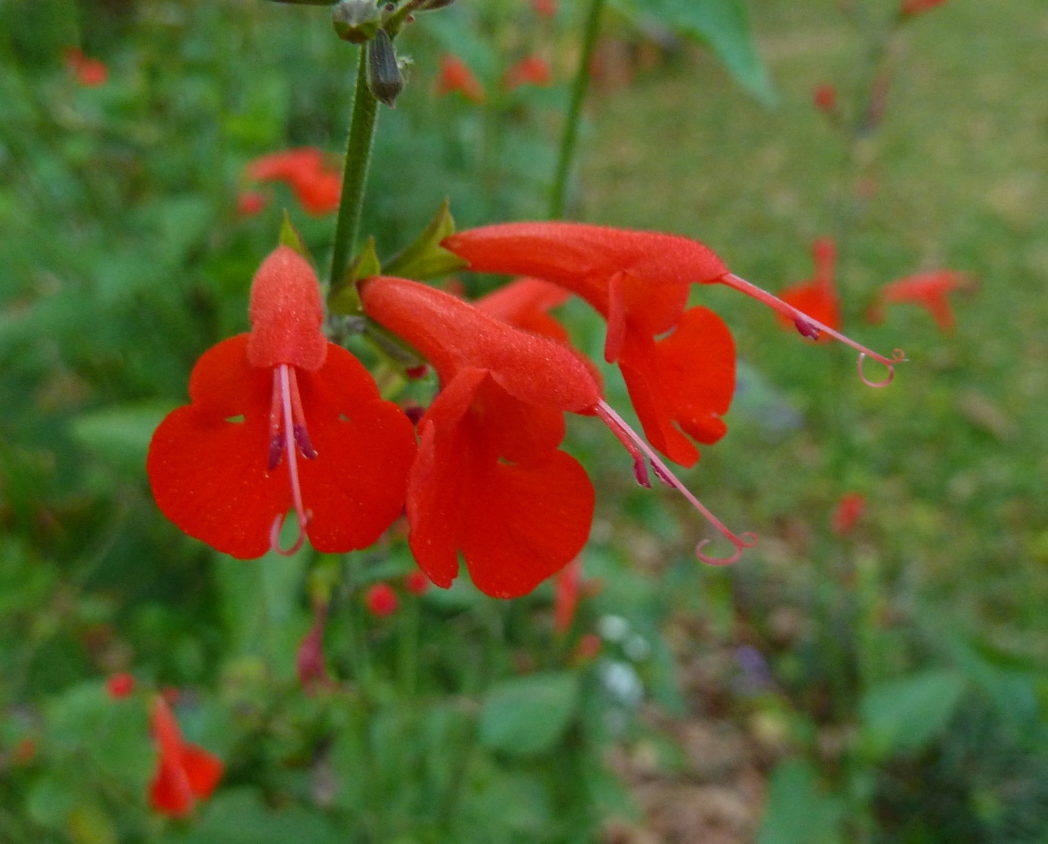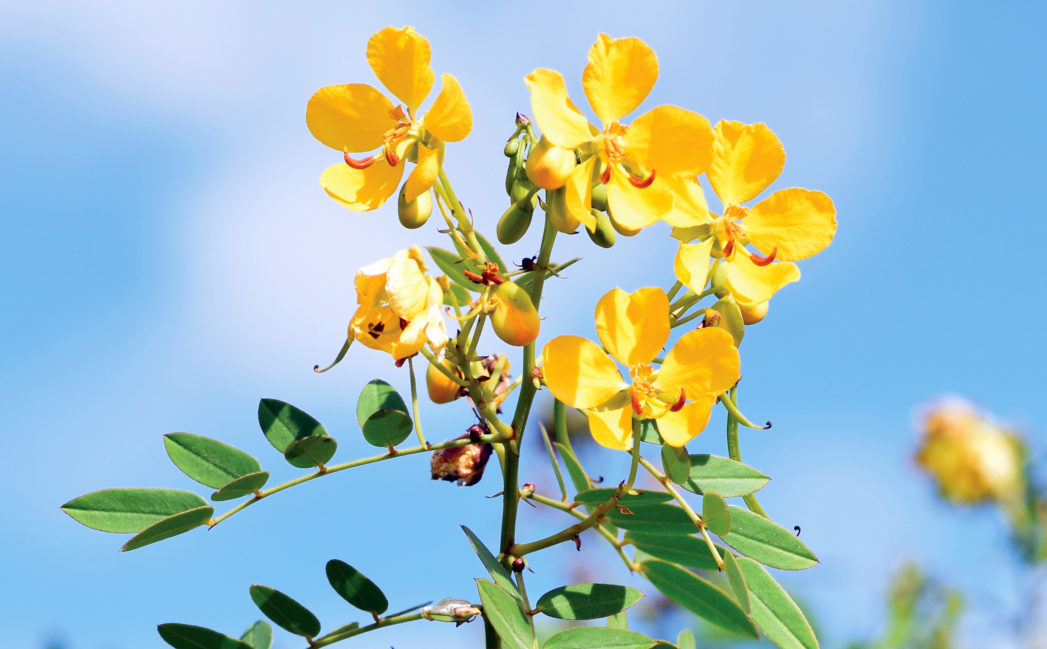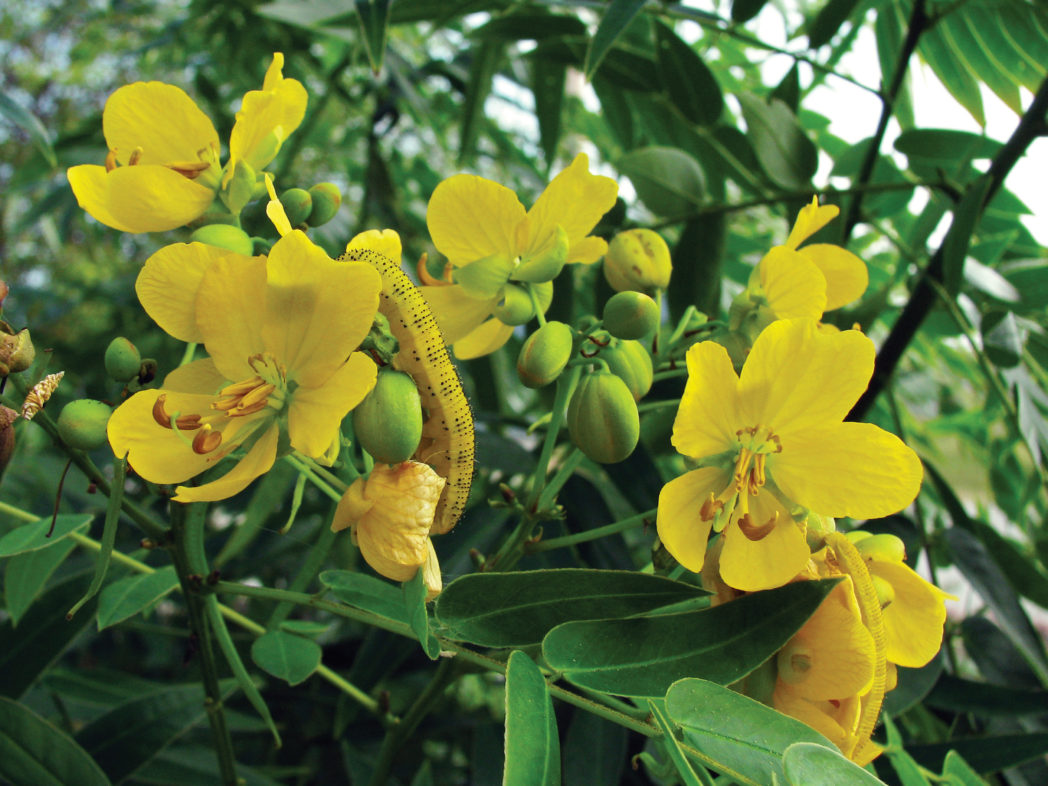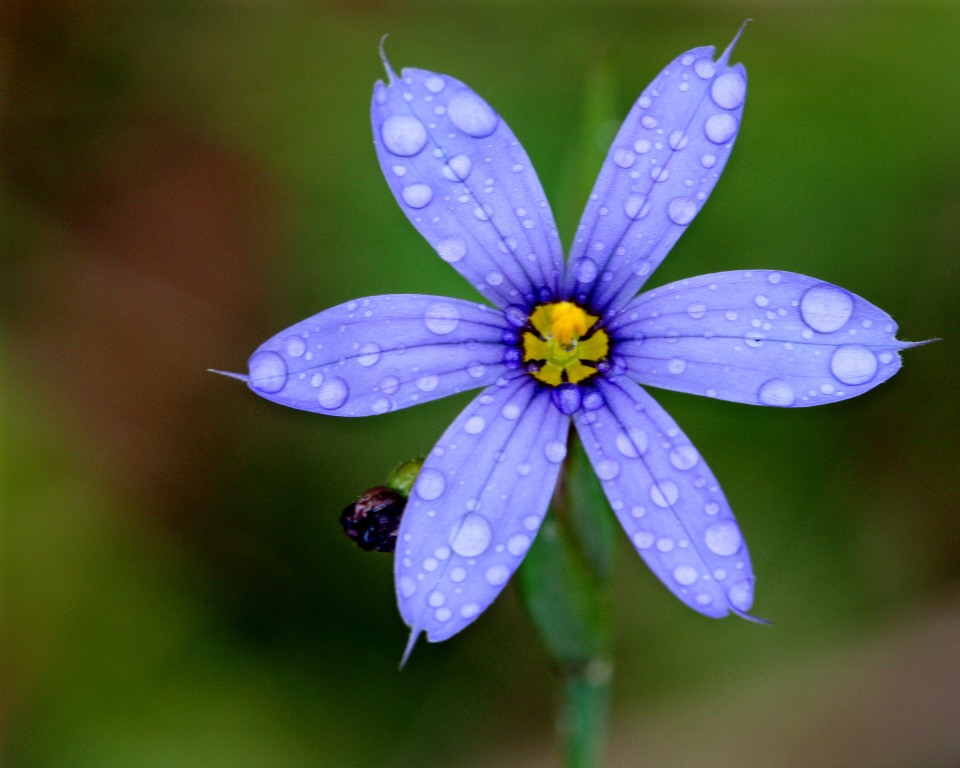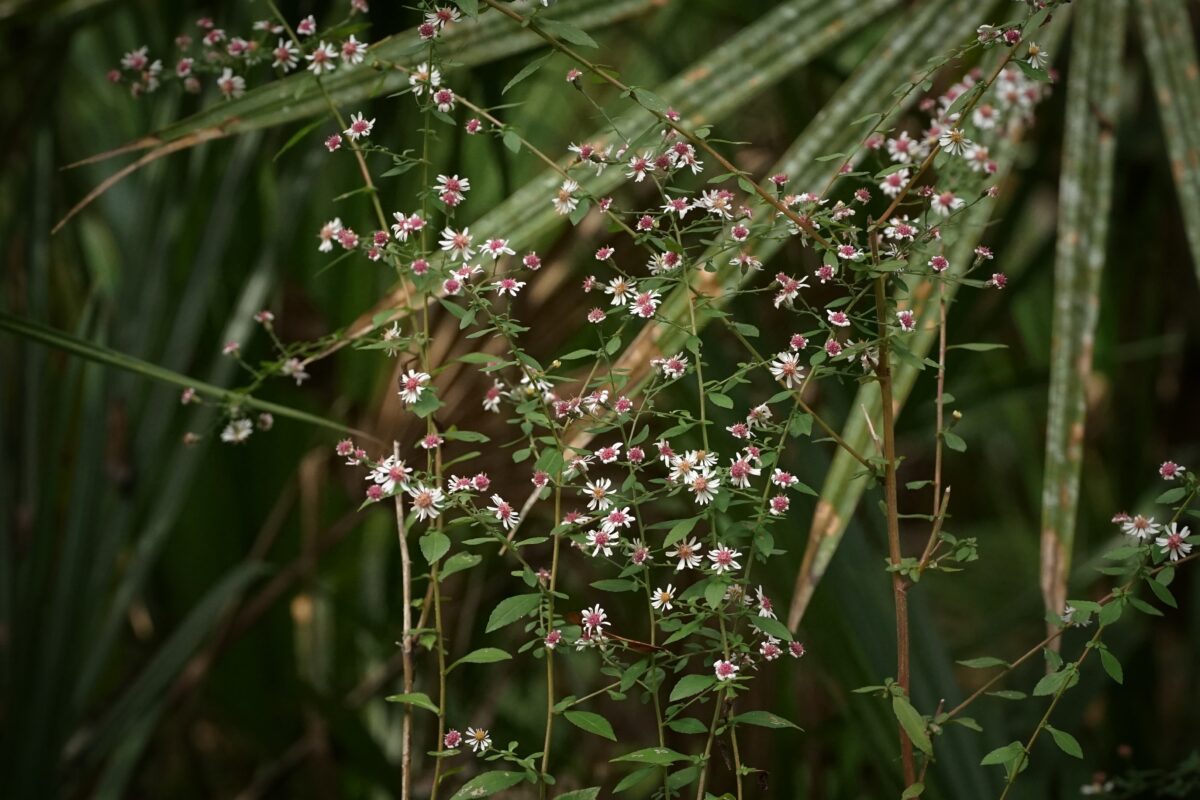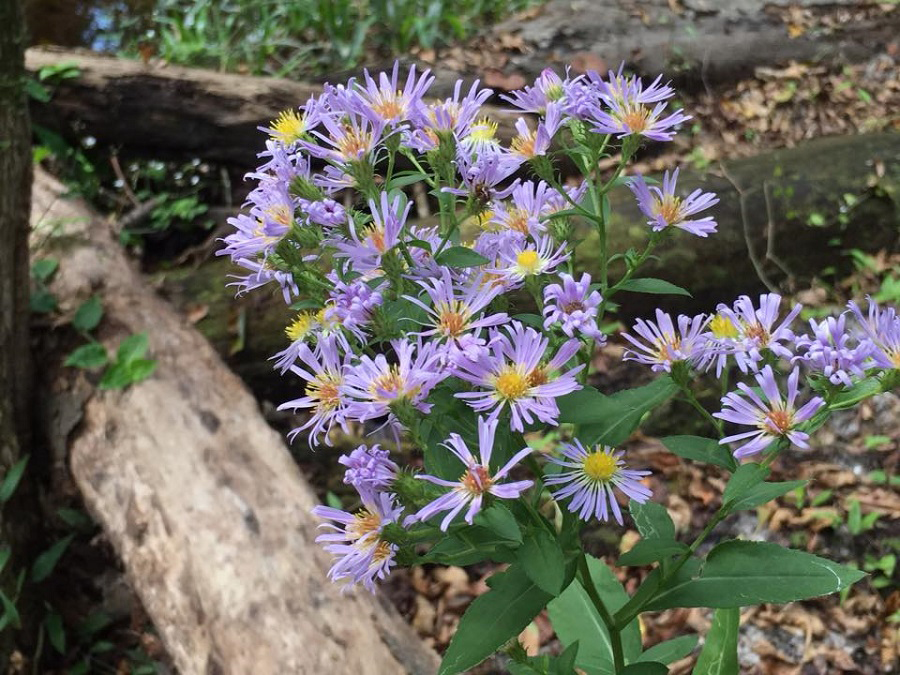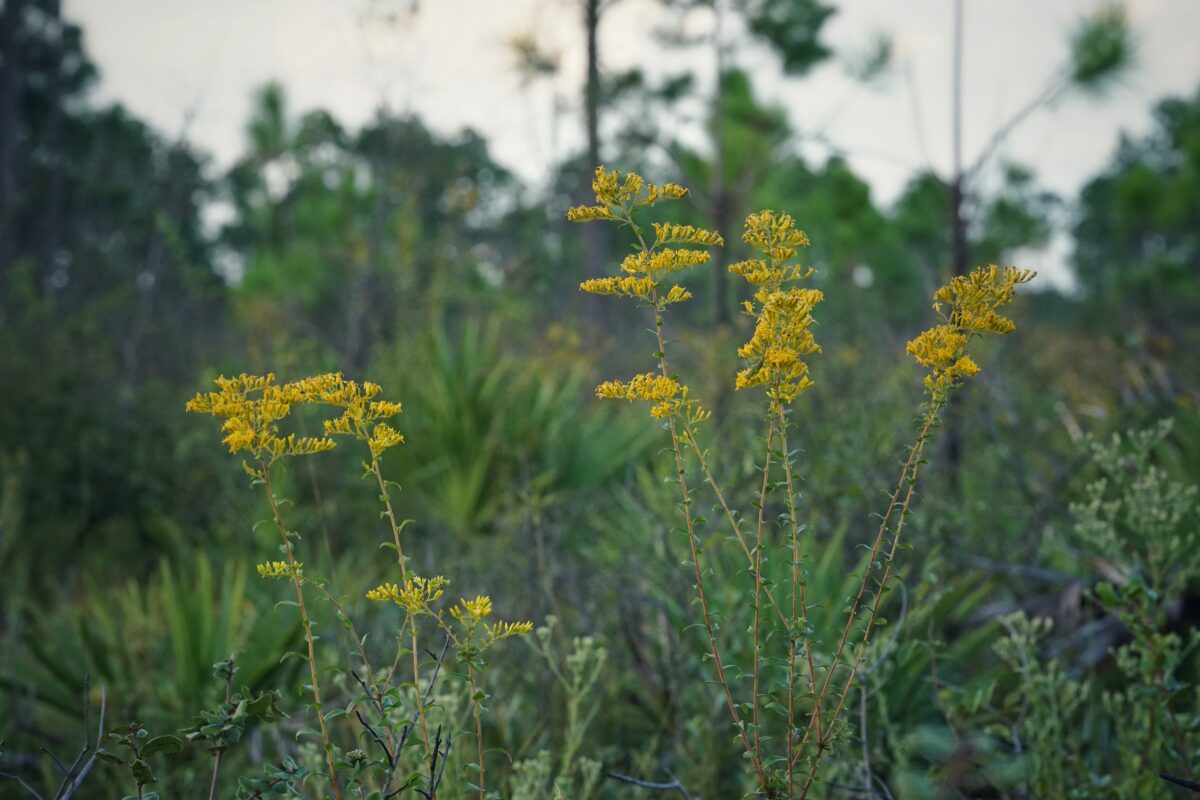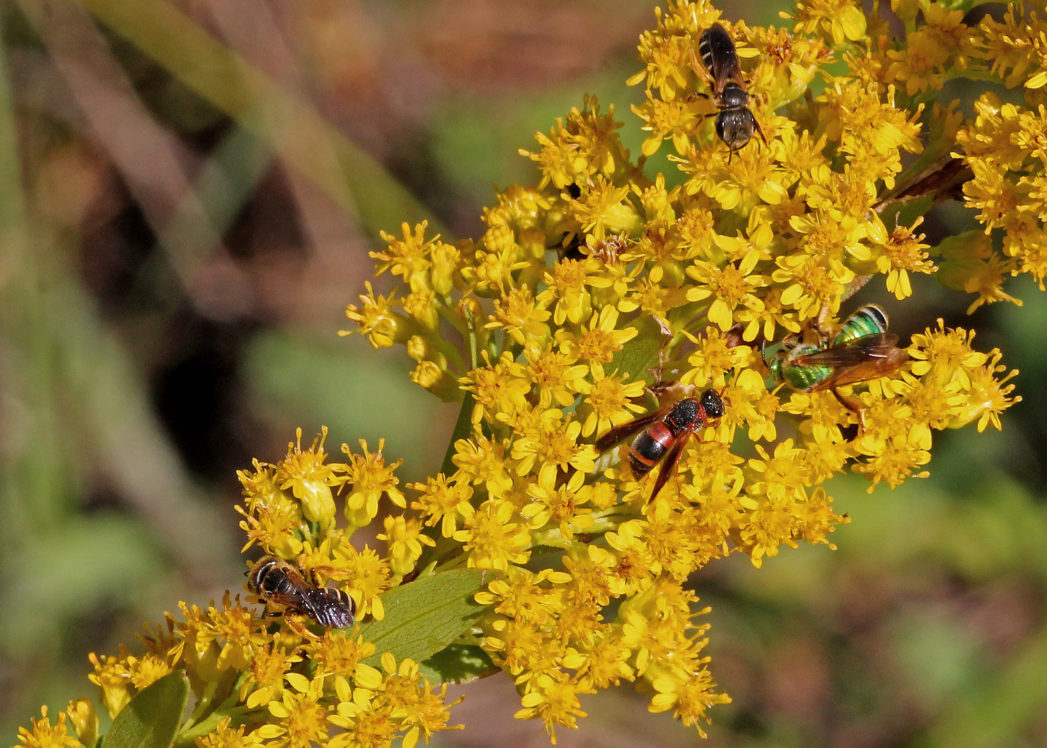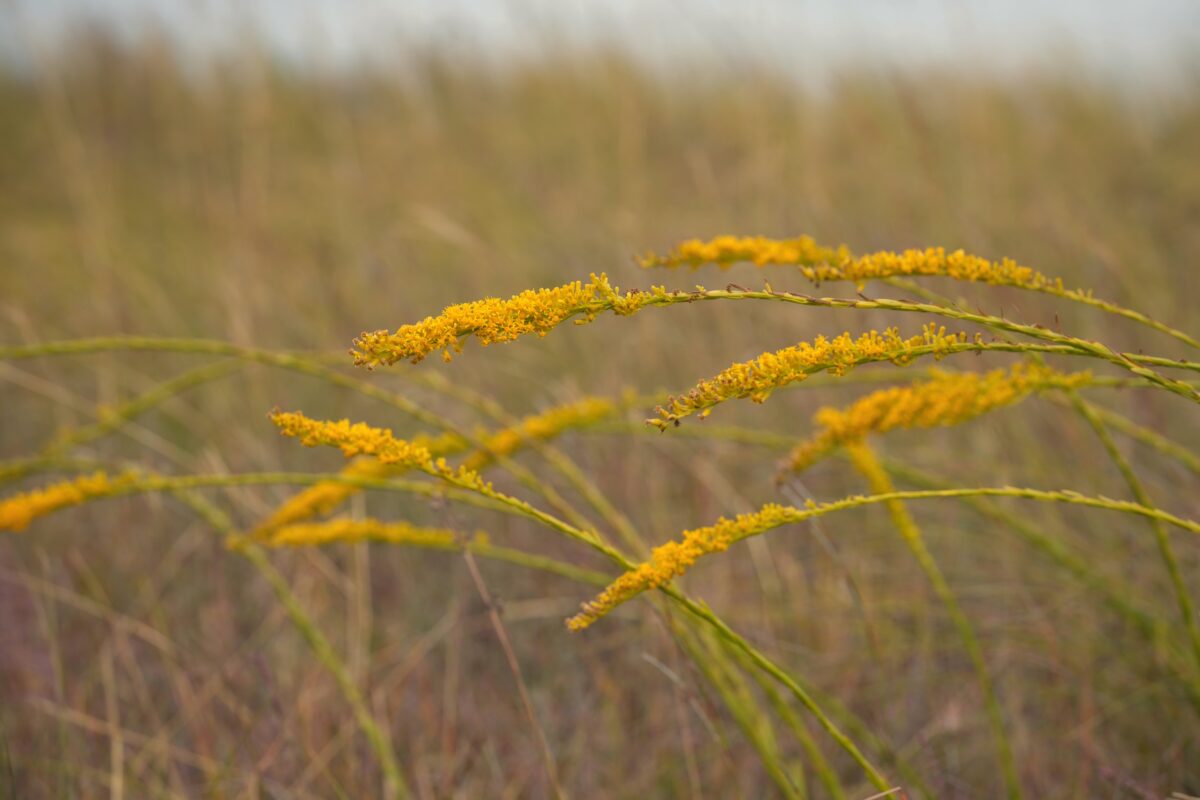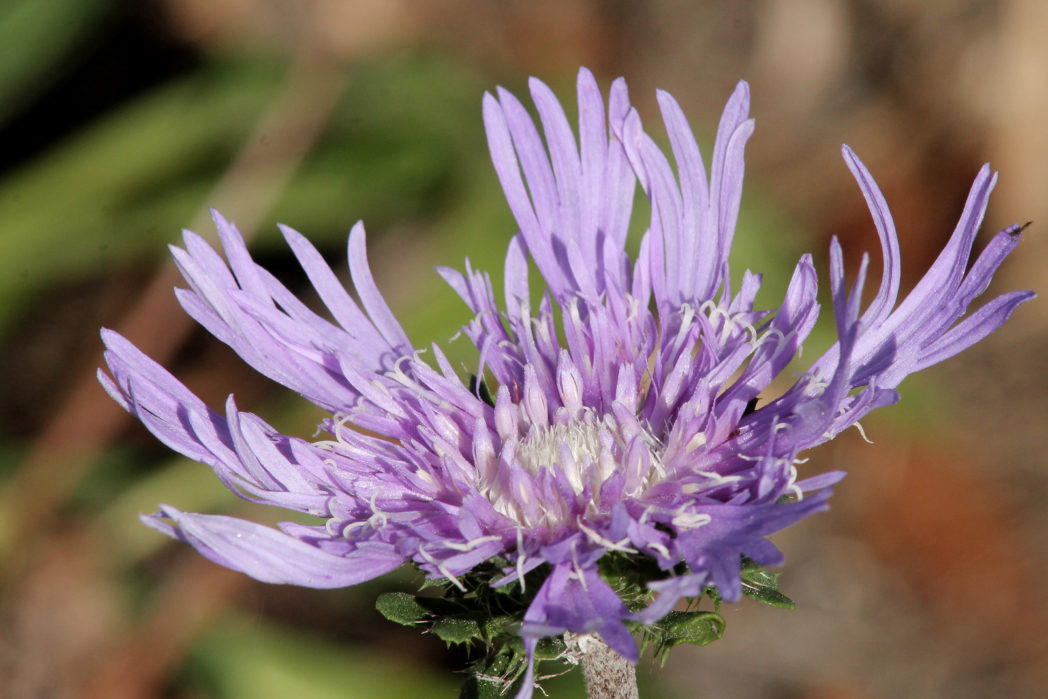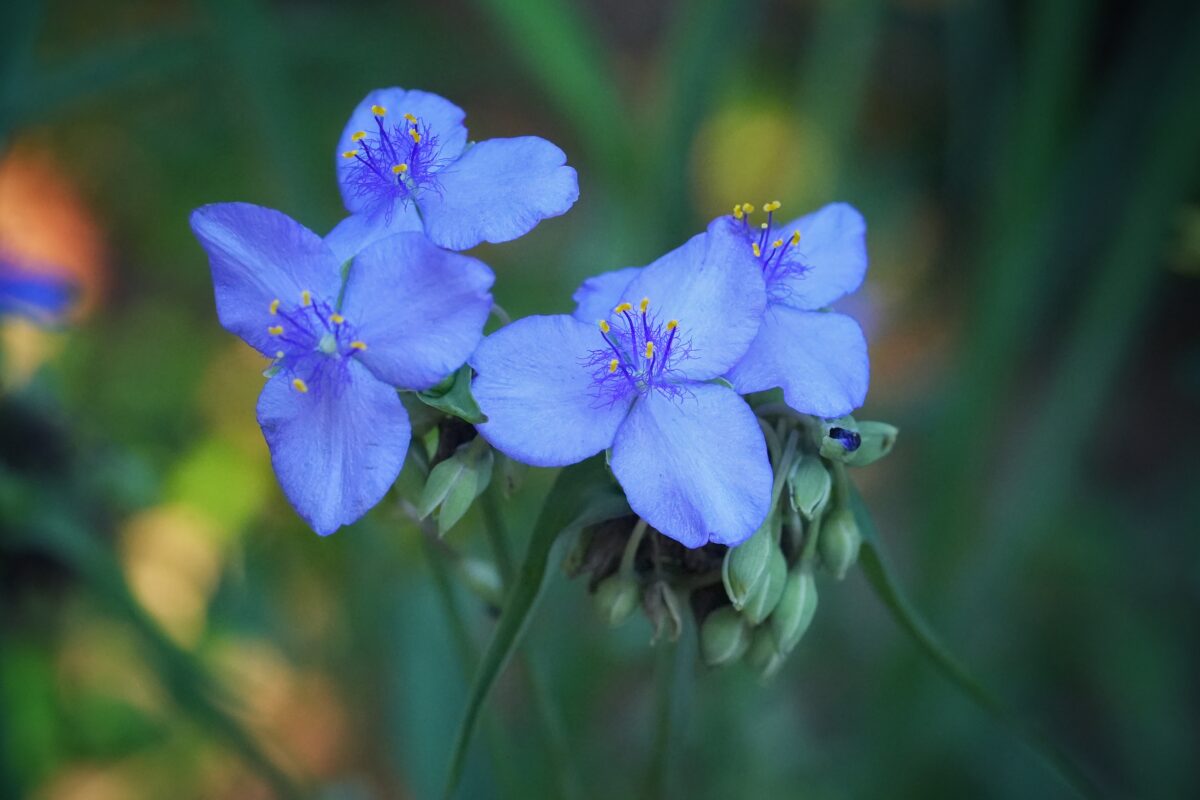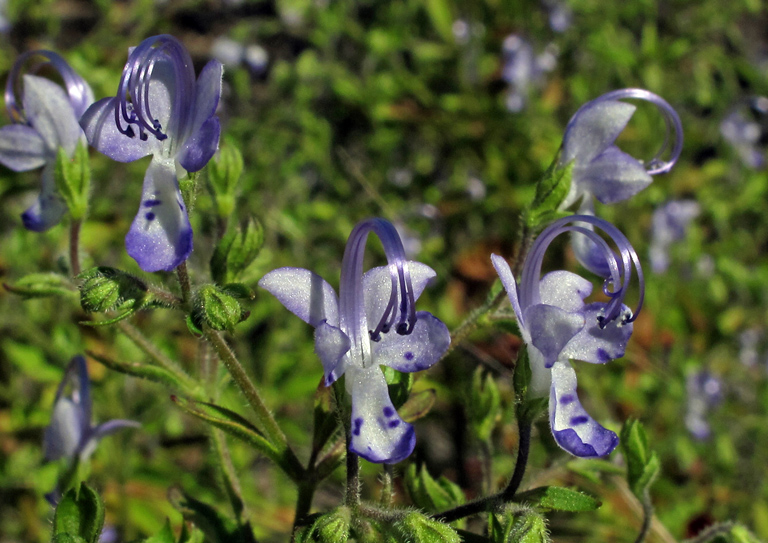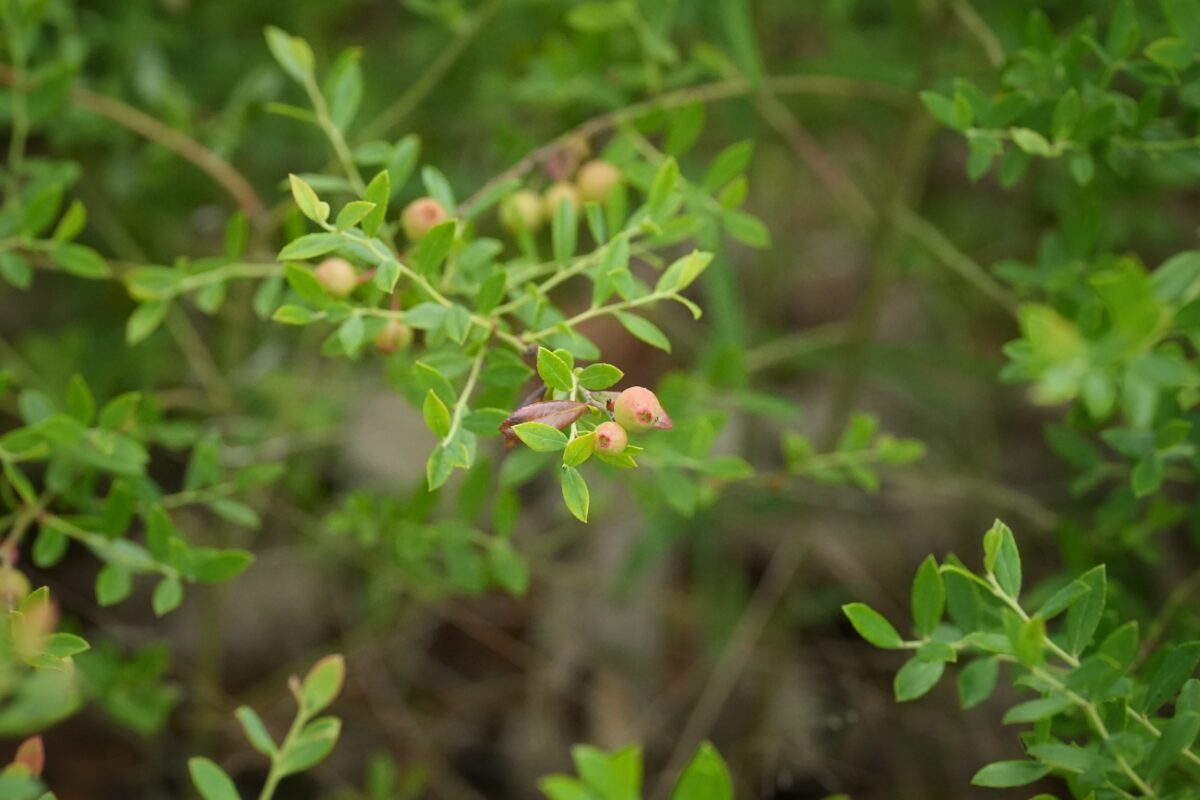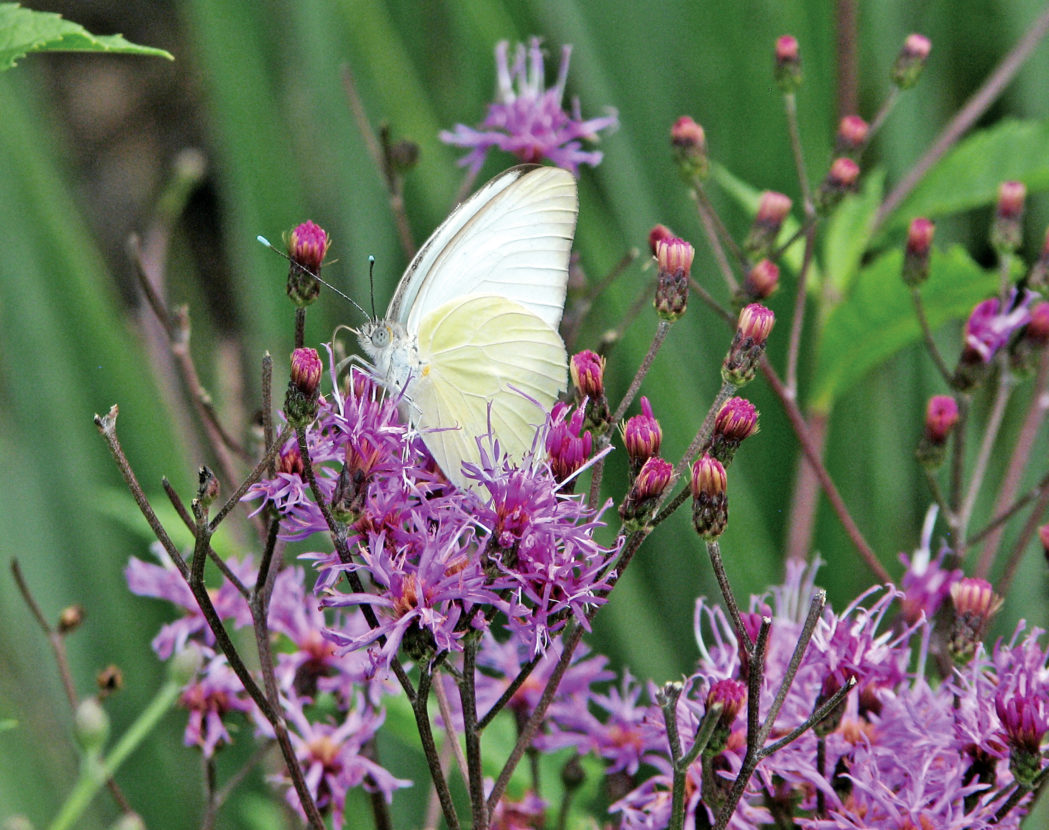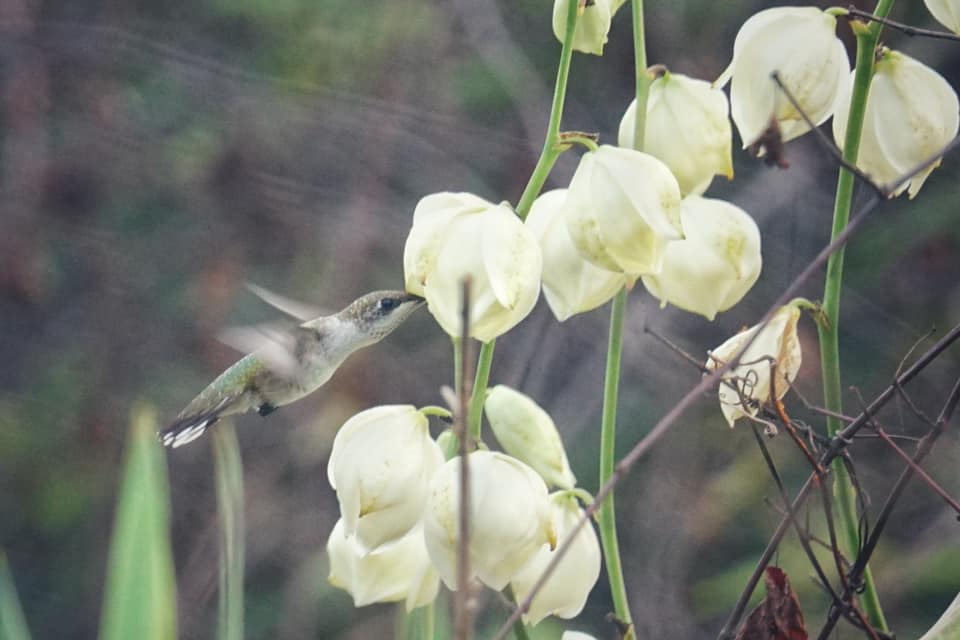City of Tavares Public Library Native Plant Garden
The City of Tavares Public Library in Lake County was selected to pilot the Seeds of Knowledge Library Demonstration Garden Grant in spring 2025. In partnership with UF/IFAS Master Gardeners, the library created a native wildflower demonstration garden in Ridge Park’s Palm Circle, a highly visible location in downtown Tavares. This 85-square-foot garden offers an immersive educational experience for the community while also providing vital habitat and resources for native wildlife.
DID YOU KNOW? Florida native plants are adapted to thrive in our climate, conditions and soil. They need less water than other plants, and require no fertilizers, pesticides or other chemicals. This saves precious water resources and keeps excess nutrients from polluting lakes, rivers and streams.
The garden was made possible by a grant from the Florida Wildflower Foundation.
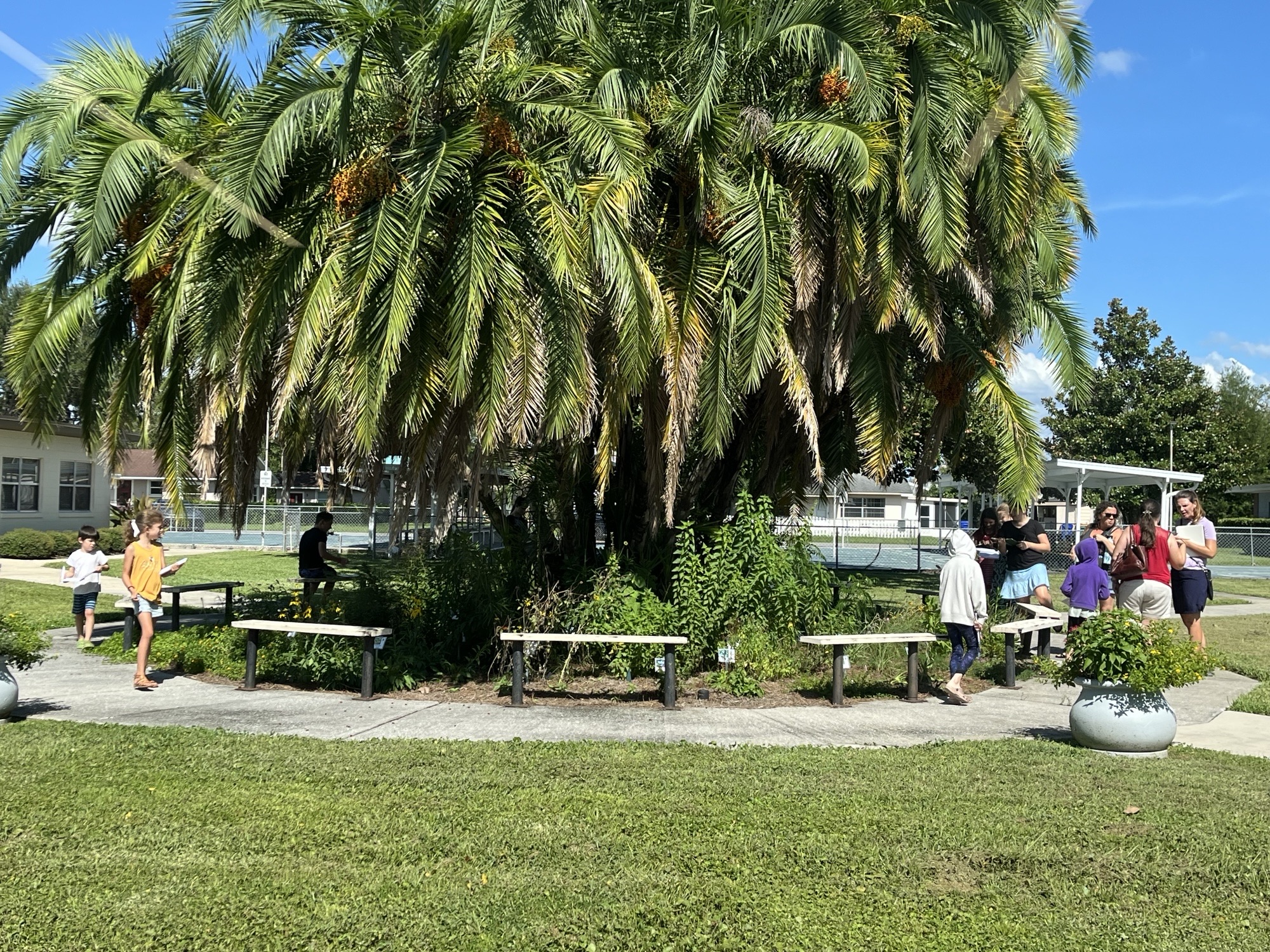
The following native species were planted:
Butterflyweed
Swamp milkweed
Swamp milkweed
Saltbush
American beautyberry
Lanceleaf tickseed
Largeflower false rosemary
Oblongleaf twinflower
Swamp twinflower
Coralbean
Narrowleaf yellowtops
Firebush
Scorpionstail
Narrowleaf sunflower
Dune sunflower
Lakeside sunflower
Clustered bushmint
Dense gayfeather
Cardinalflower
Lantana
Sunshine mimosa
Spotted beebalm
Muhlygrass
Simpson’s stopper
Narrowleaf silkgrass
Frogfruit
Wild coffee
Prairie coneflower
Black-eyed Susan
Softhair coneflower
Wild petunia
Tropical sage
Chapman’s wild sensitive plant
Privet senna
Blue-eyed grass
Calico aster
Elliott’s aster
Chapman’s goldenrod
Seaside goldenrod
Wand goldenrod
Stokes’ aster
Spiderwort
Forked bluecurls
Darrow’s blueberry
Giant ironweed
Adam’s needle
POLLINATORS NEED YOUR HELP!
Help Florida’s wildlife and environment by using native wildflowers and plants in your landscape. Click here to learn more information on planting, selecting and maintaining native plants, or check out these resources:
- 20 Easy-to-Grow Wildflowers
- Guide for Choosing Native Plants
- Attracting Birds with Florida Native Wildflowers
- Attracting Bees and Other Beneficial Insects with Florida Native Wildflowers
- Attracting Butterflies with Florida Native Wildflowers
- Great Wildflowers for Dry Landscapes
- Great Wildflowers for Shade
- Aquatic Wildflowers for Pollinators
- Create a Pollinator Pot
